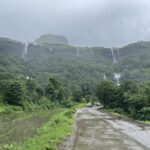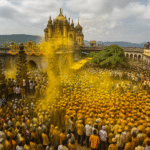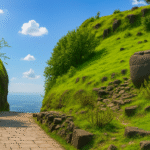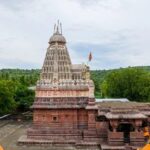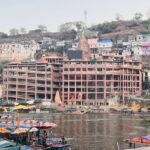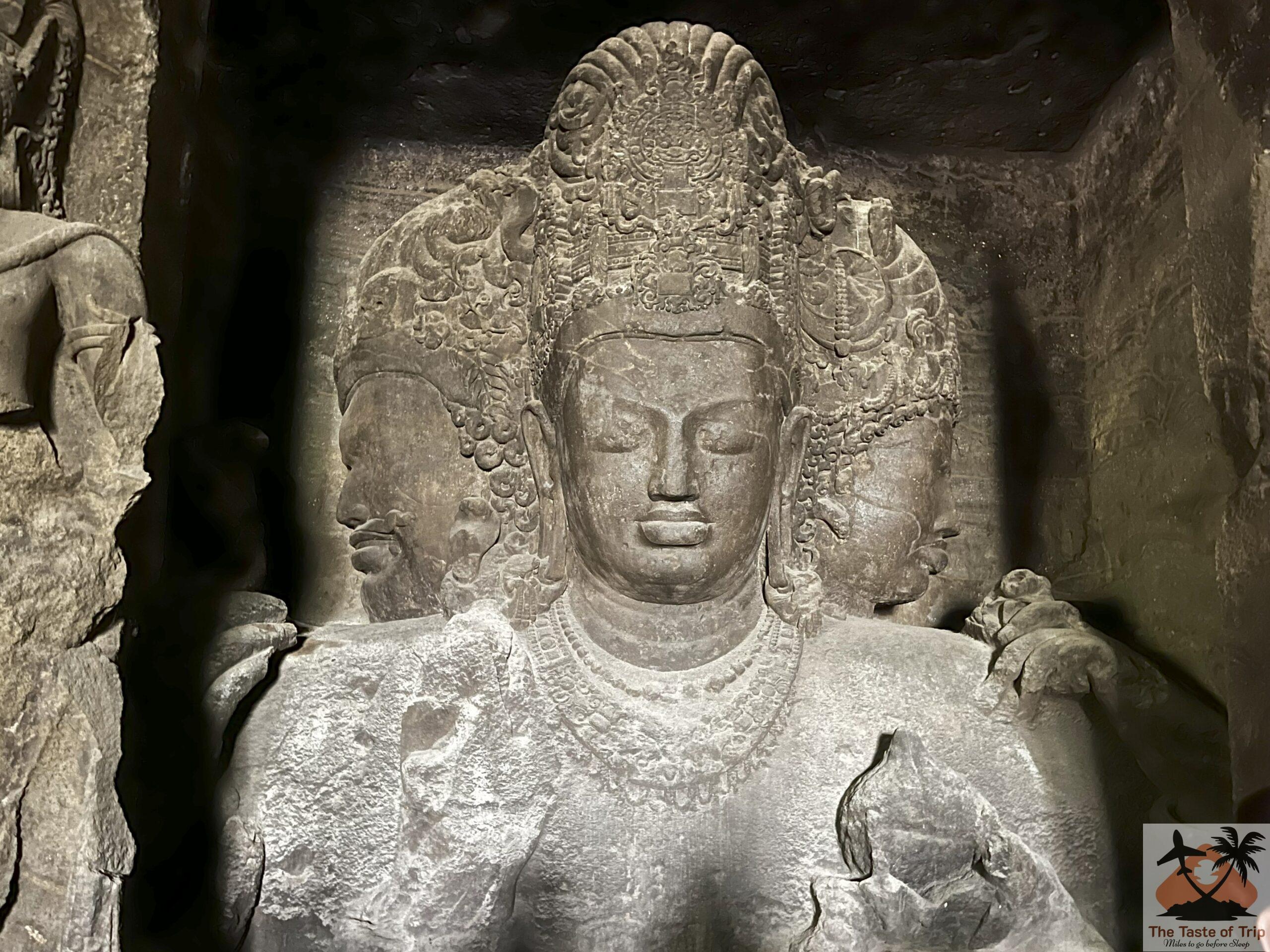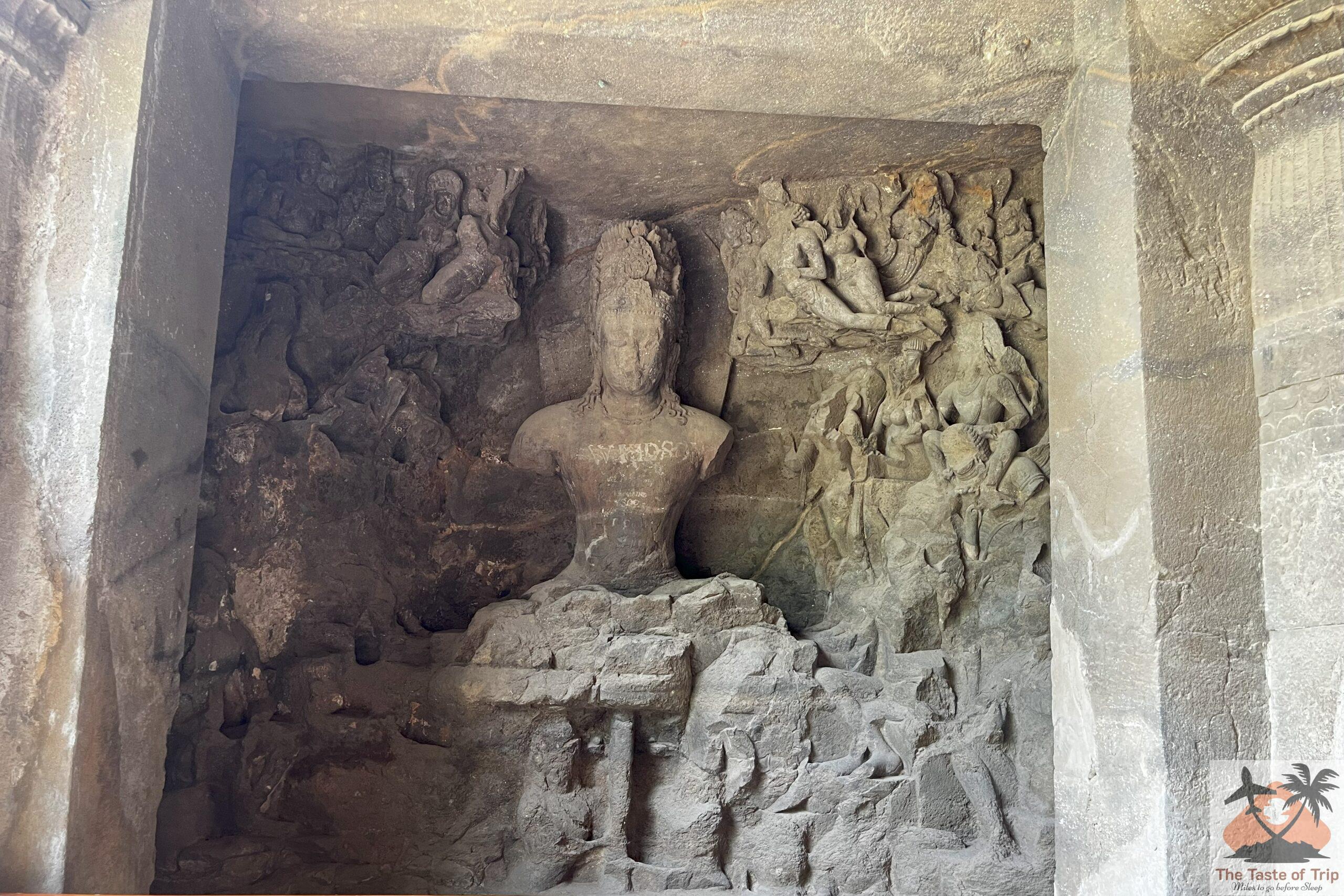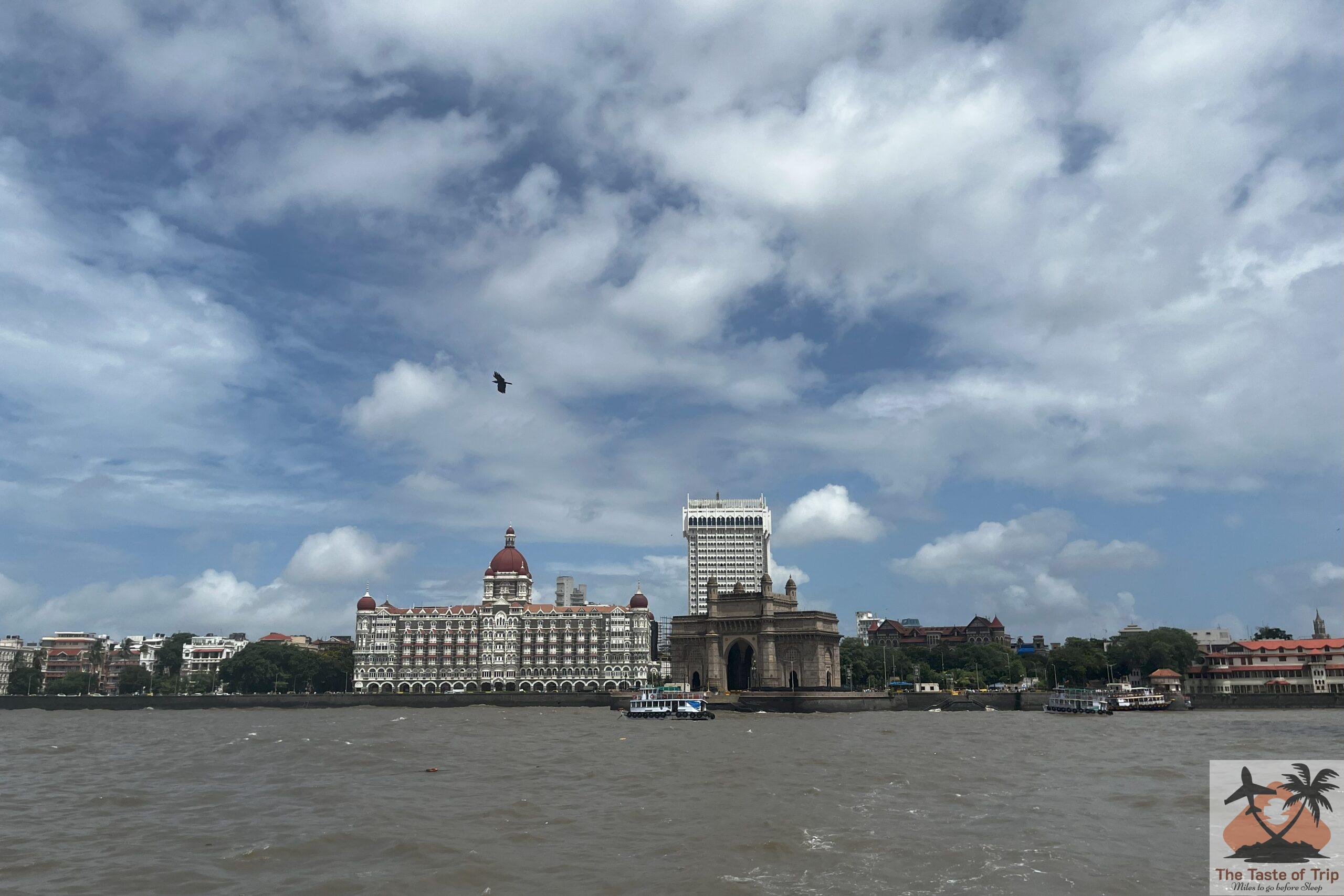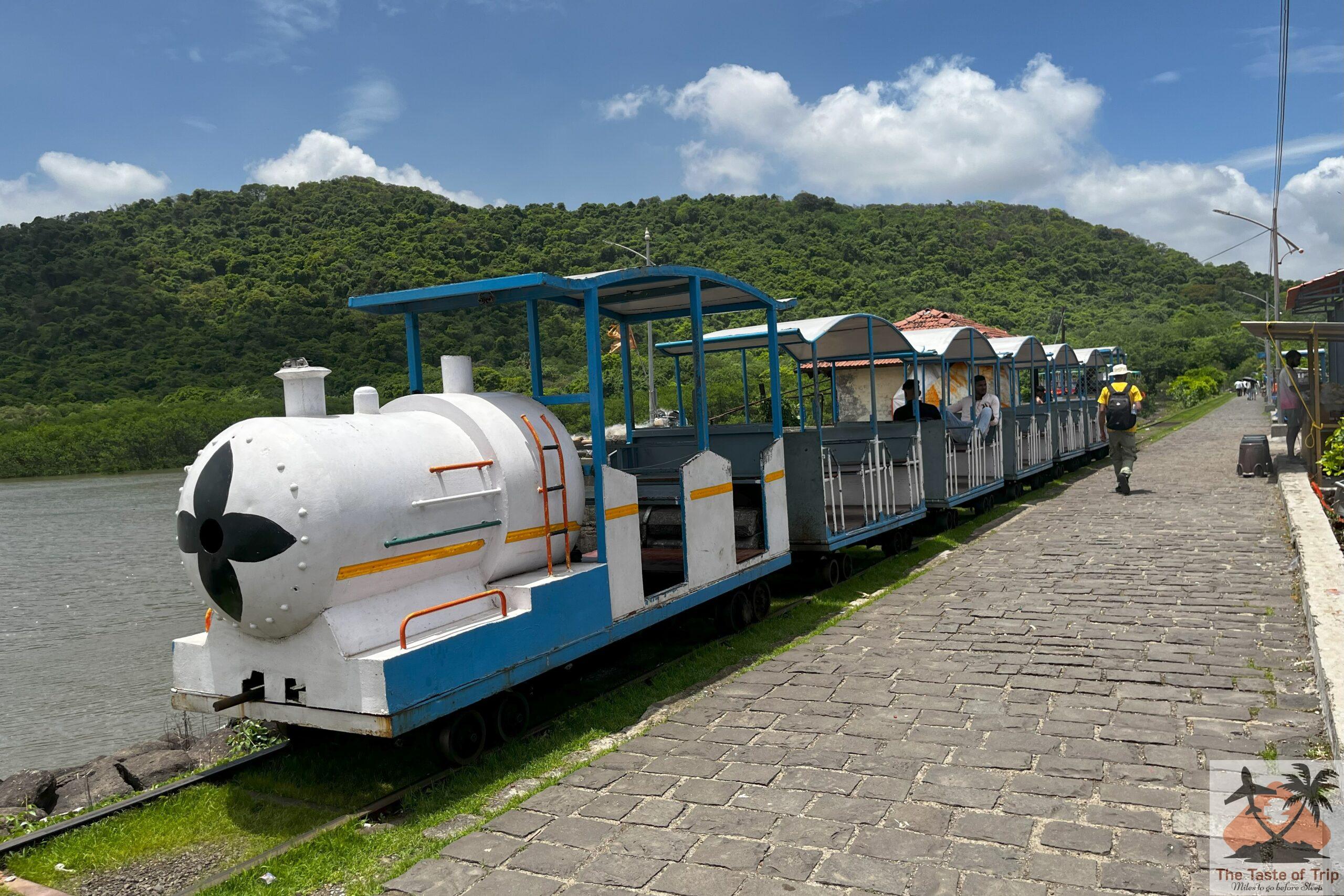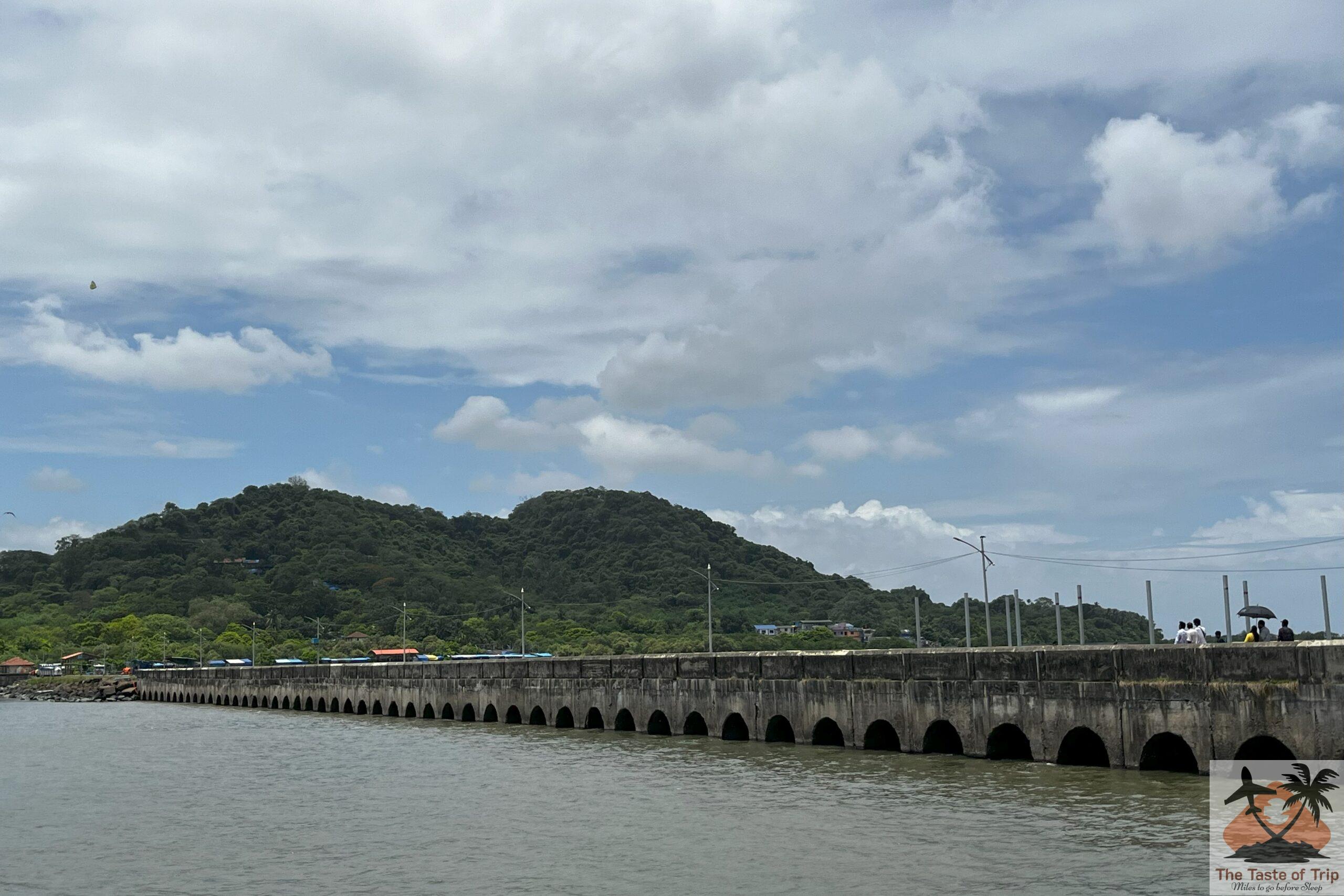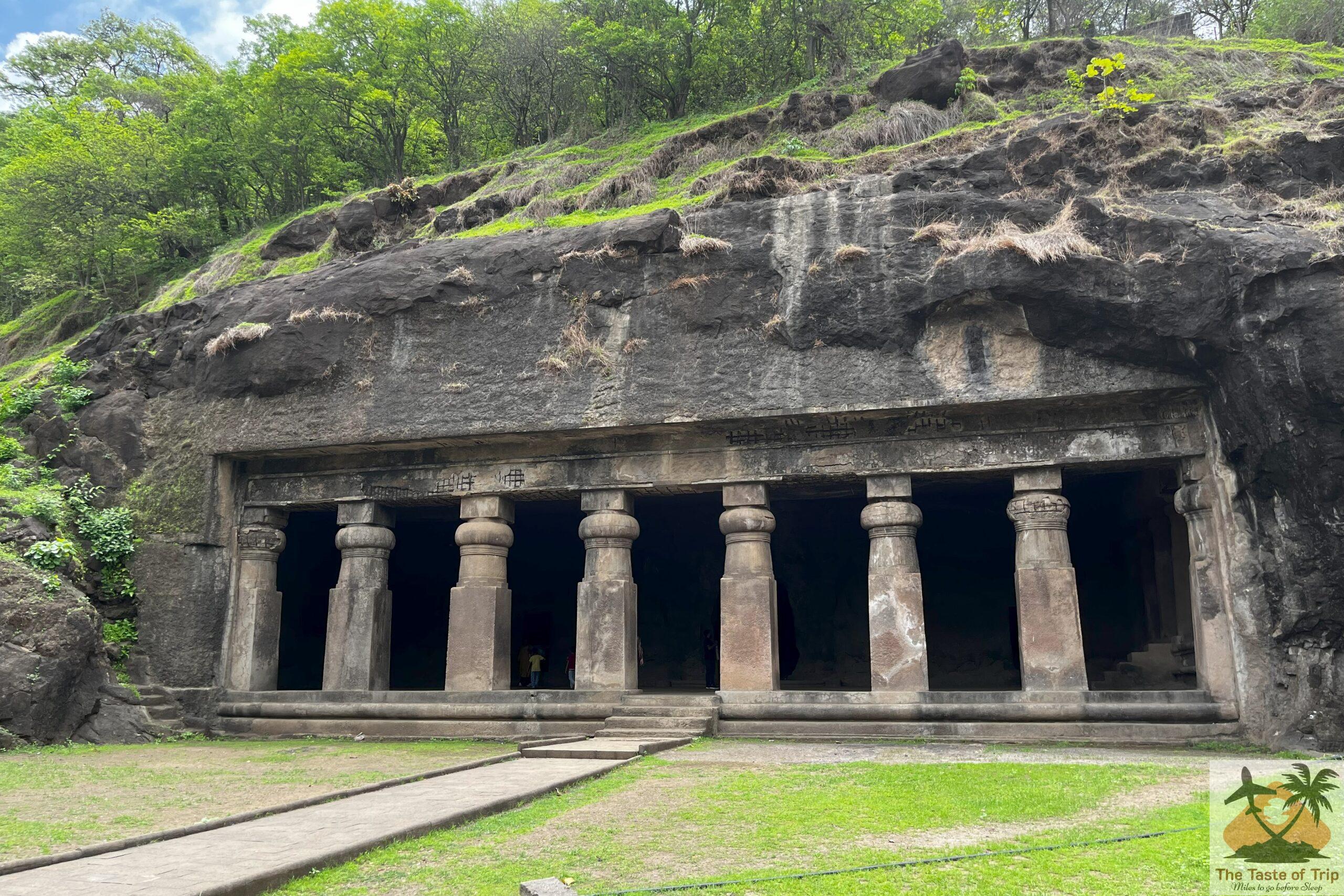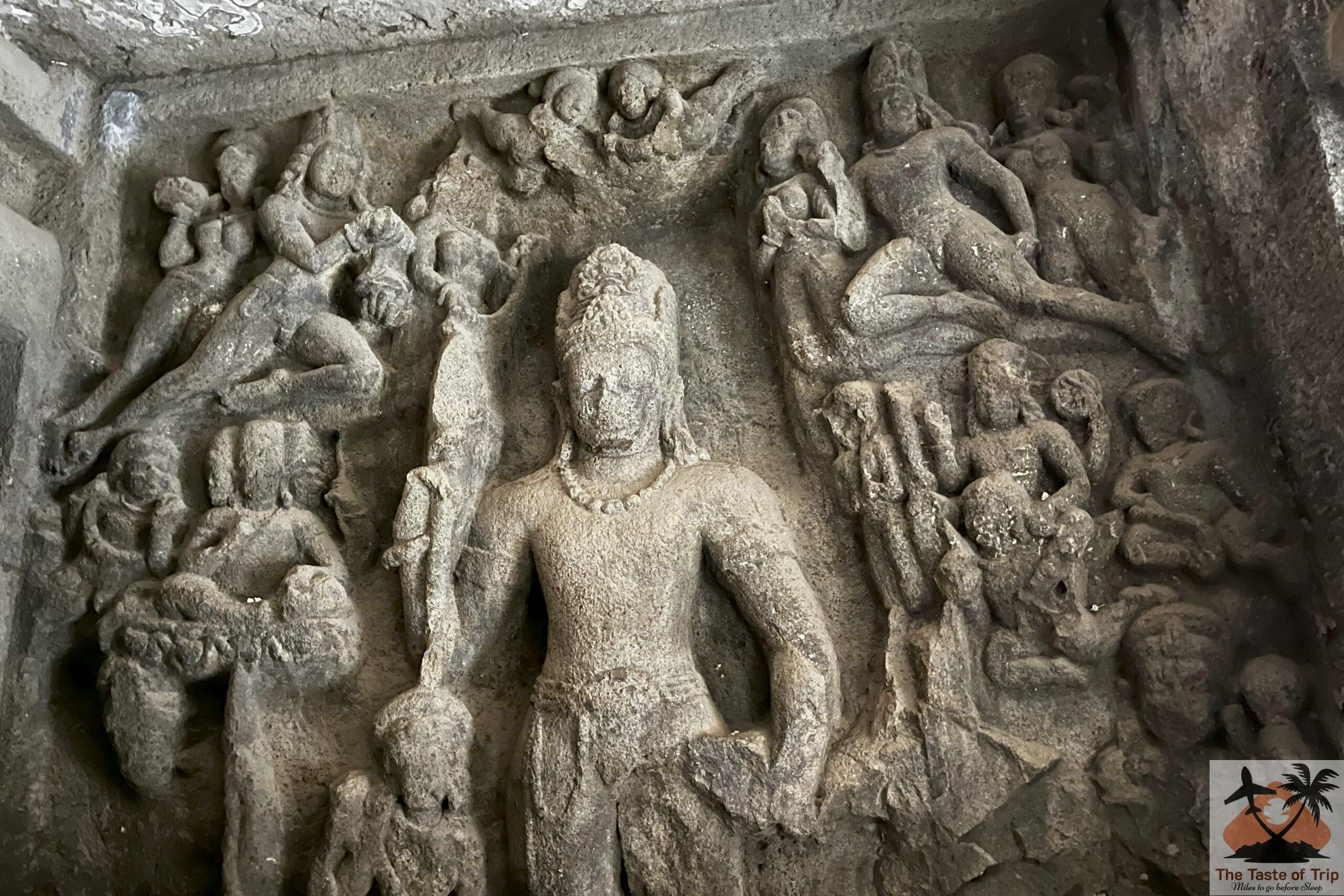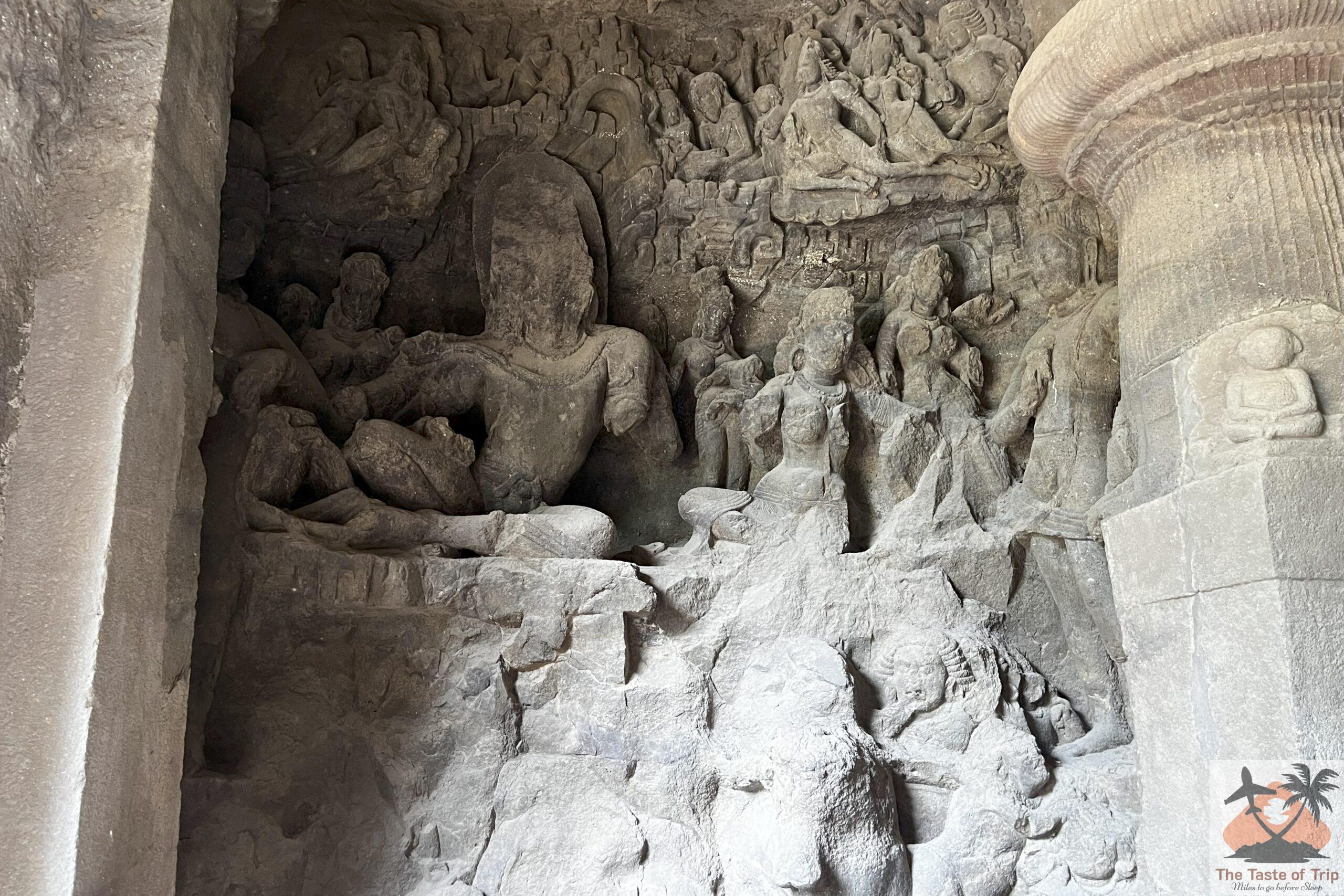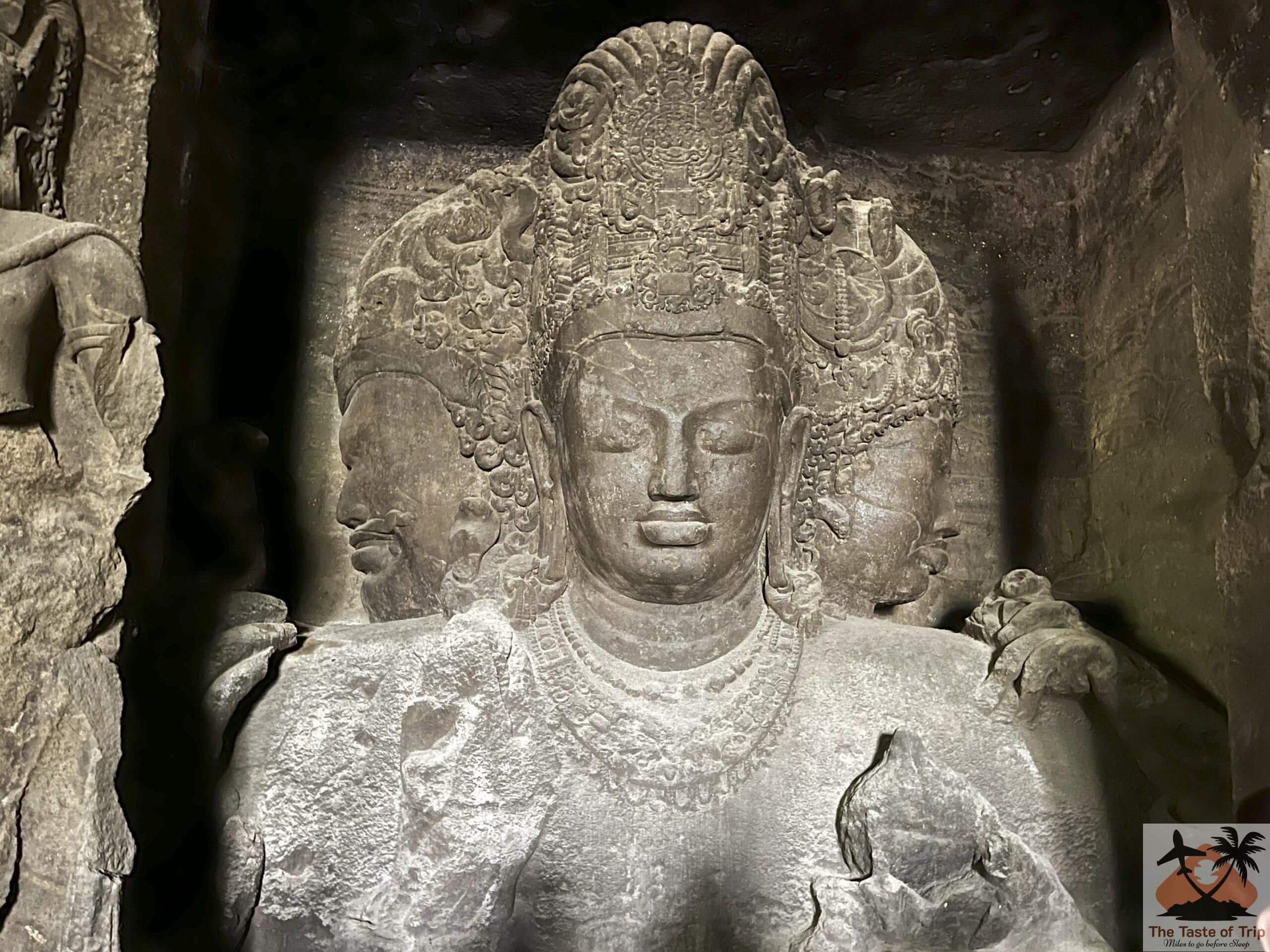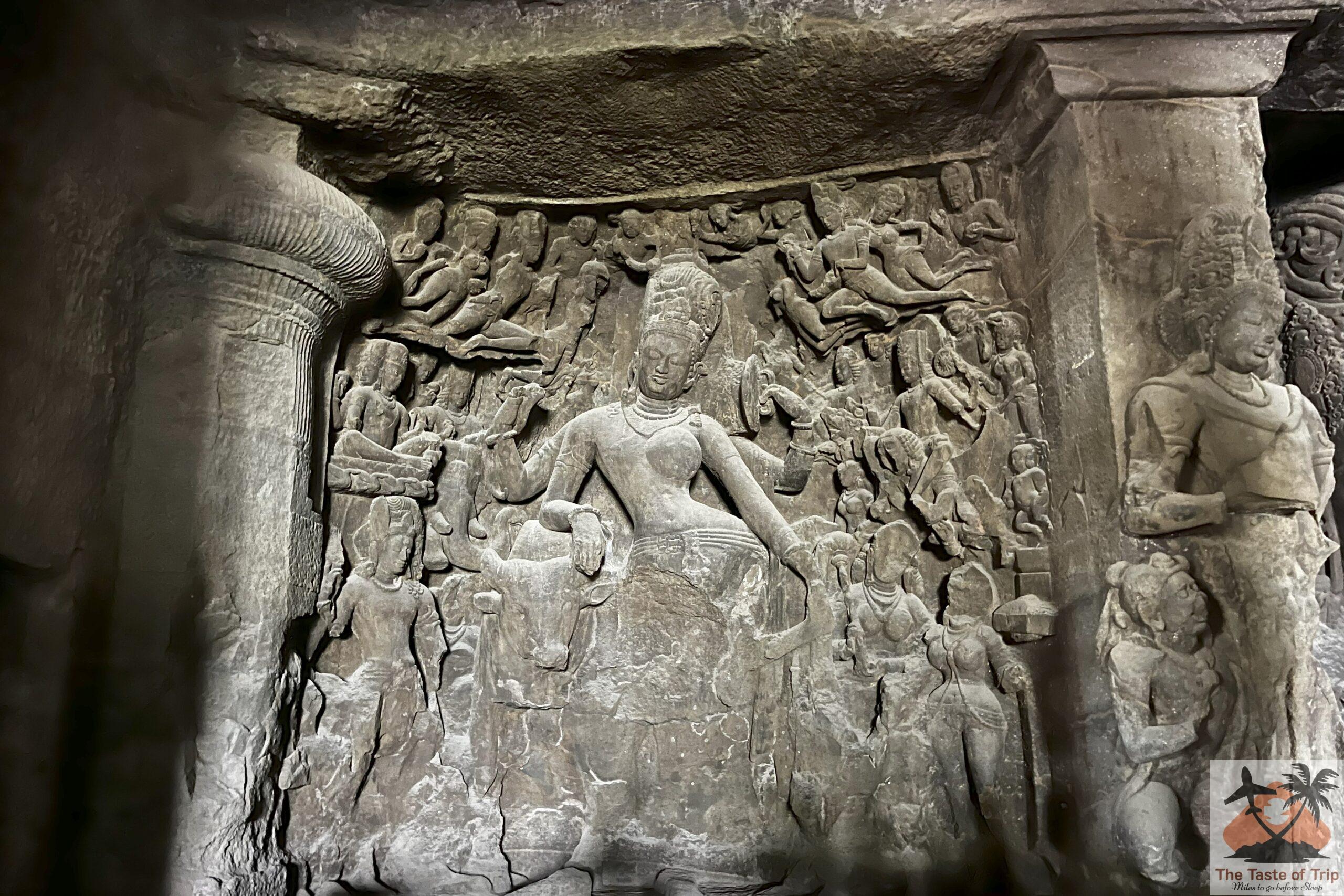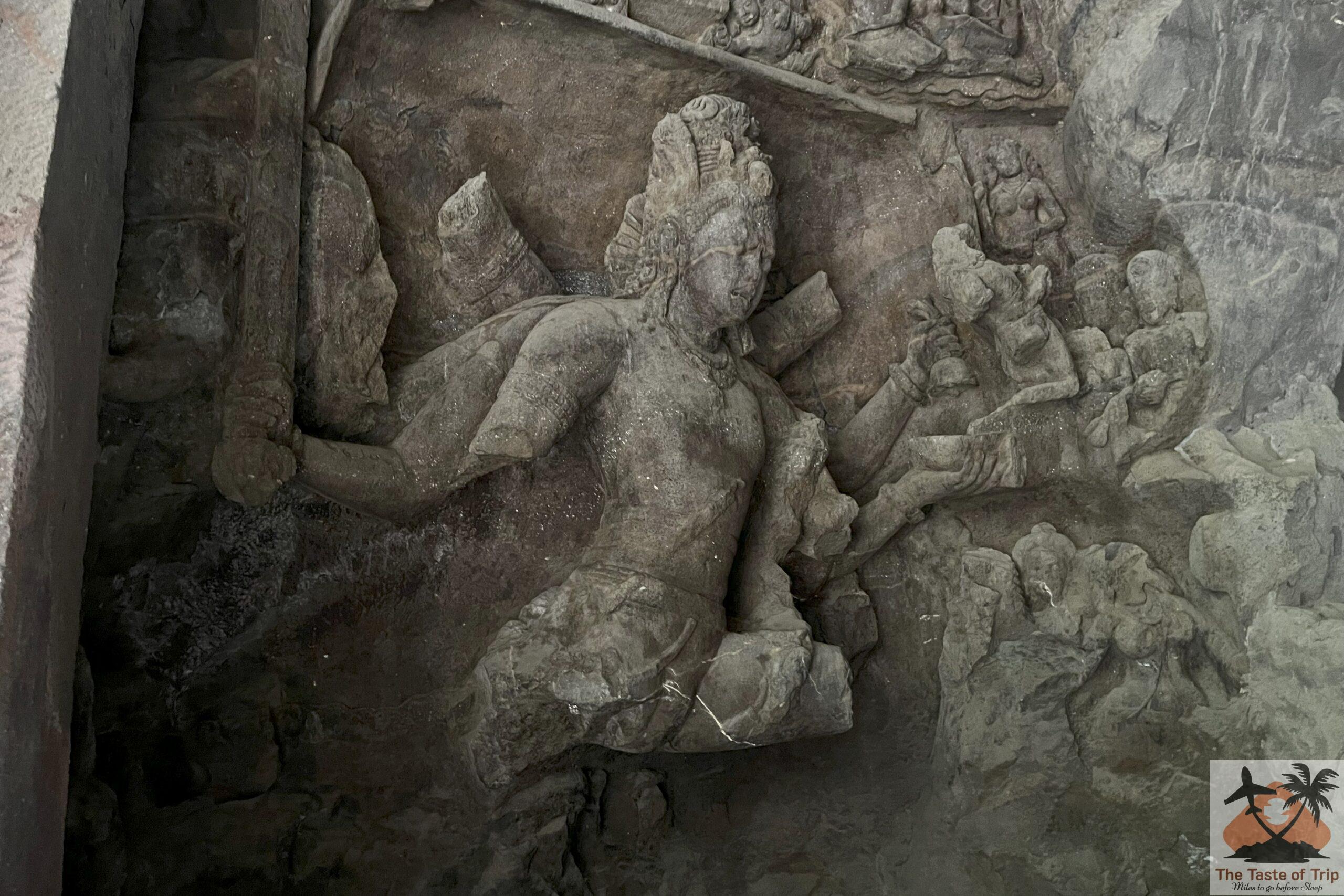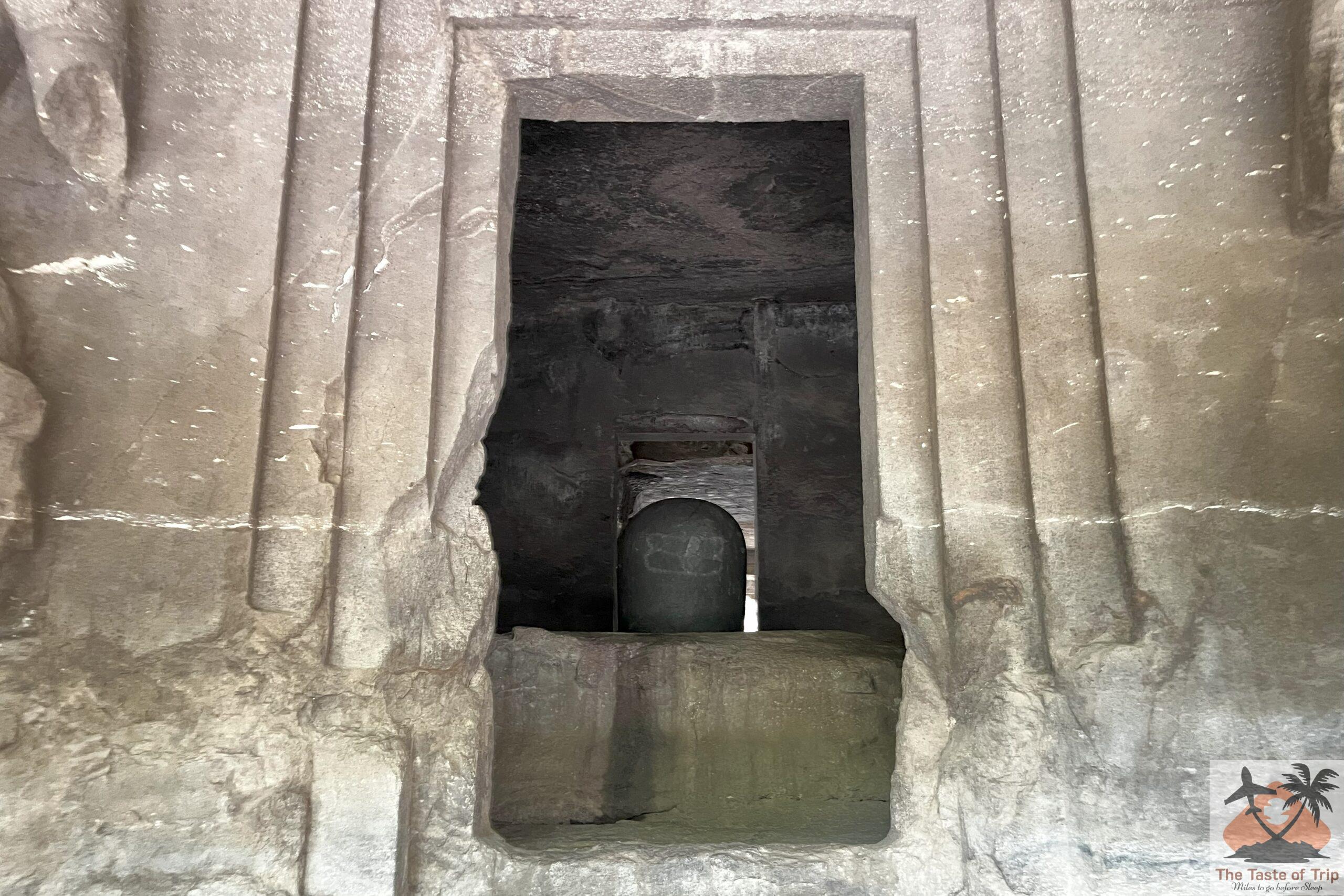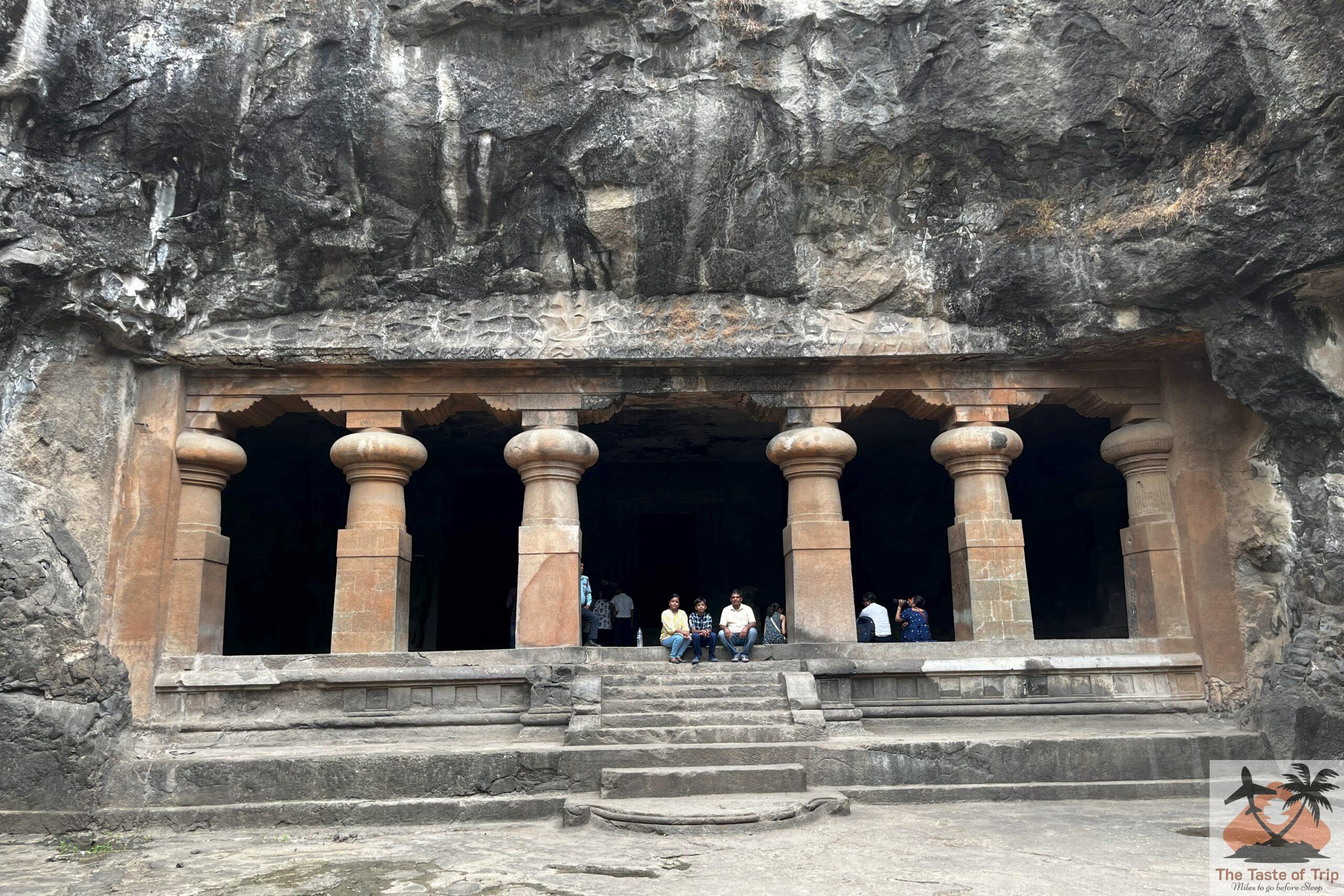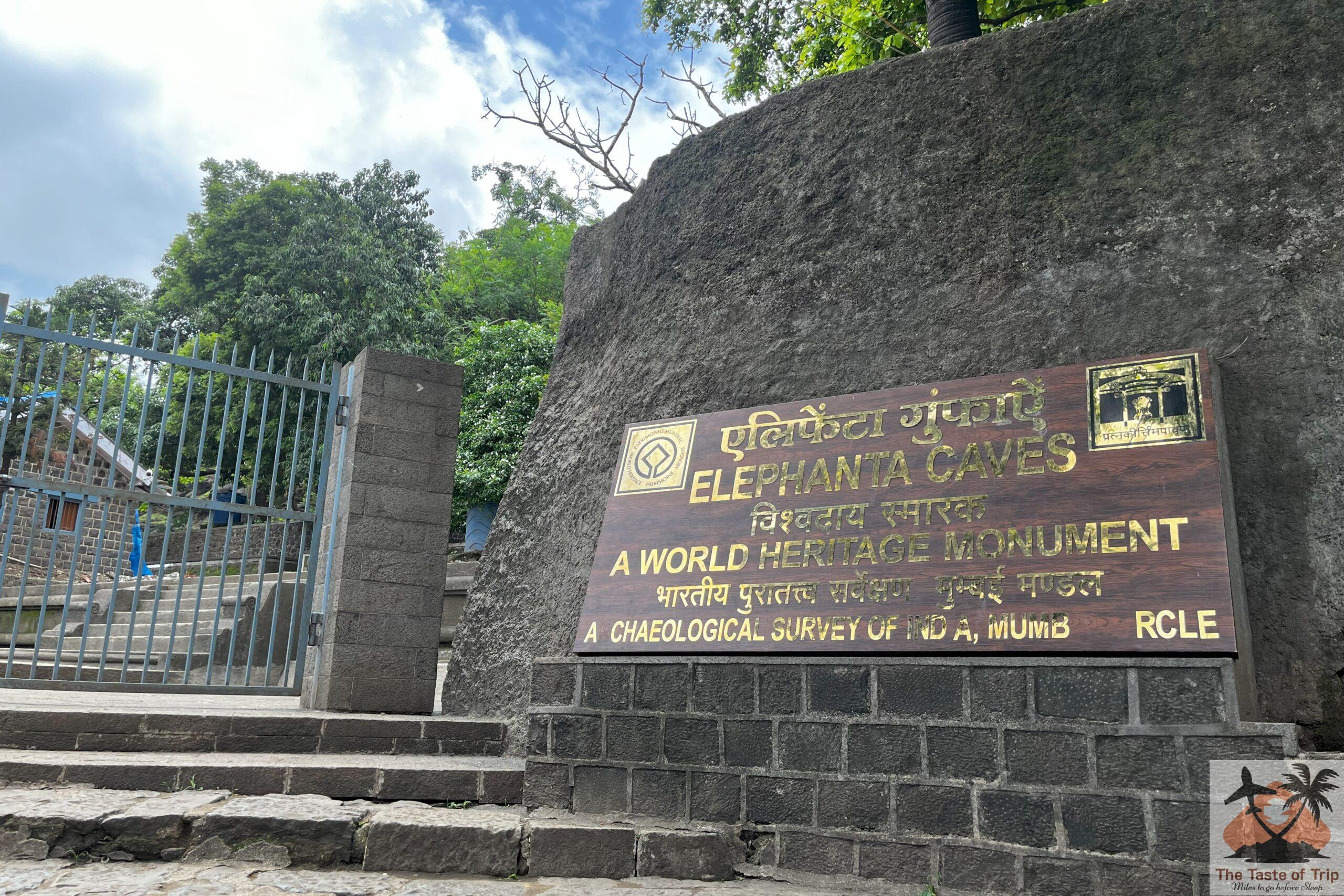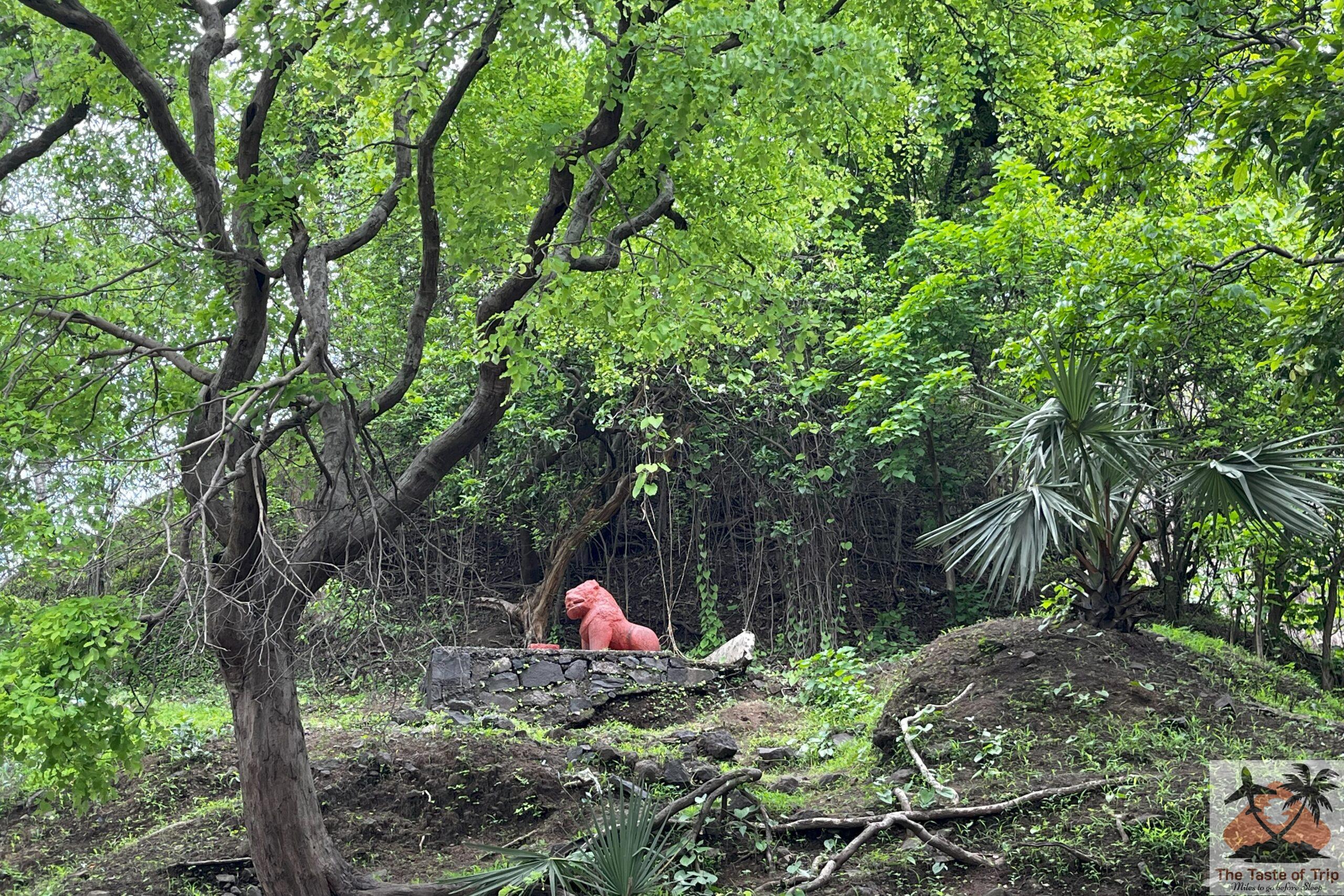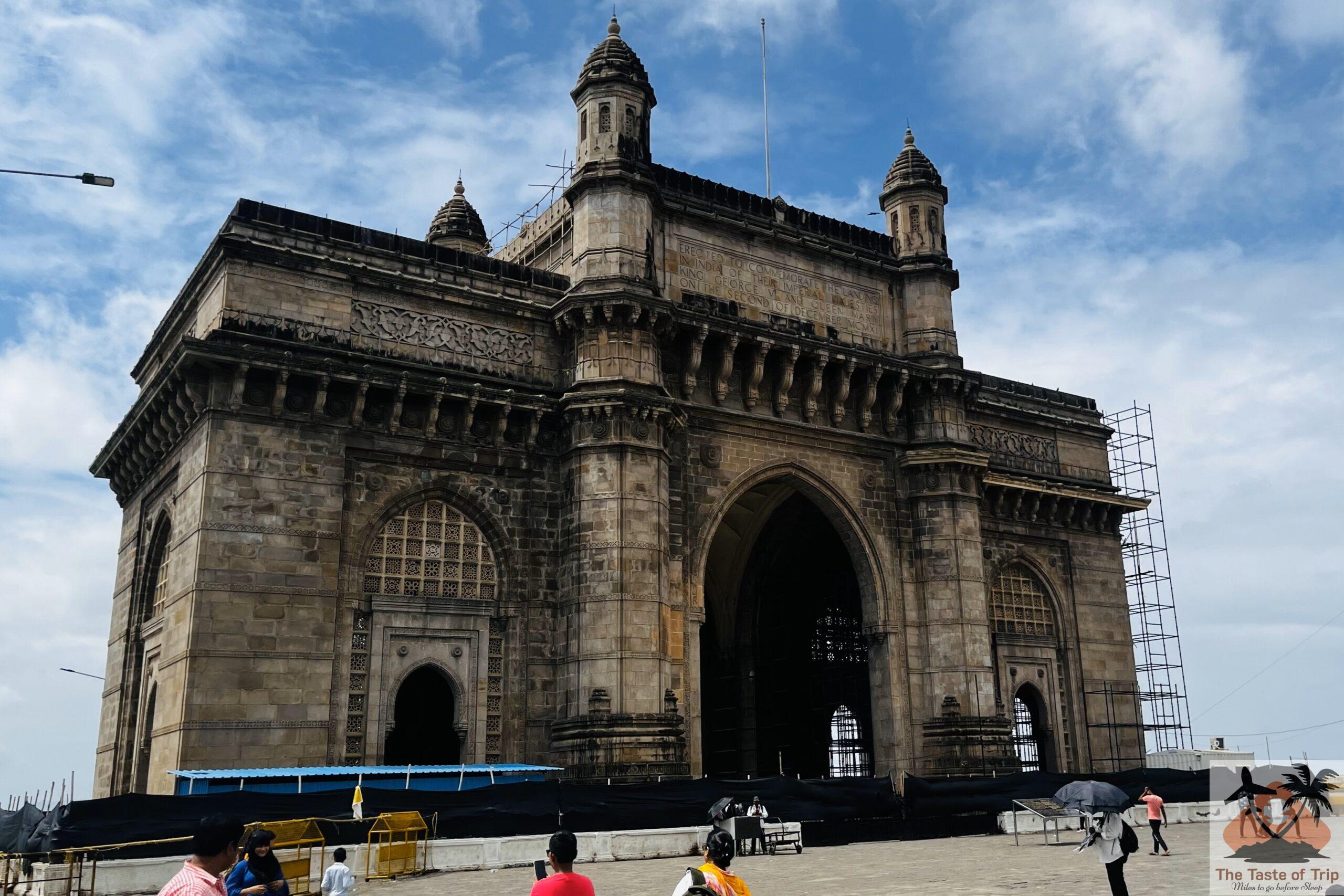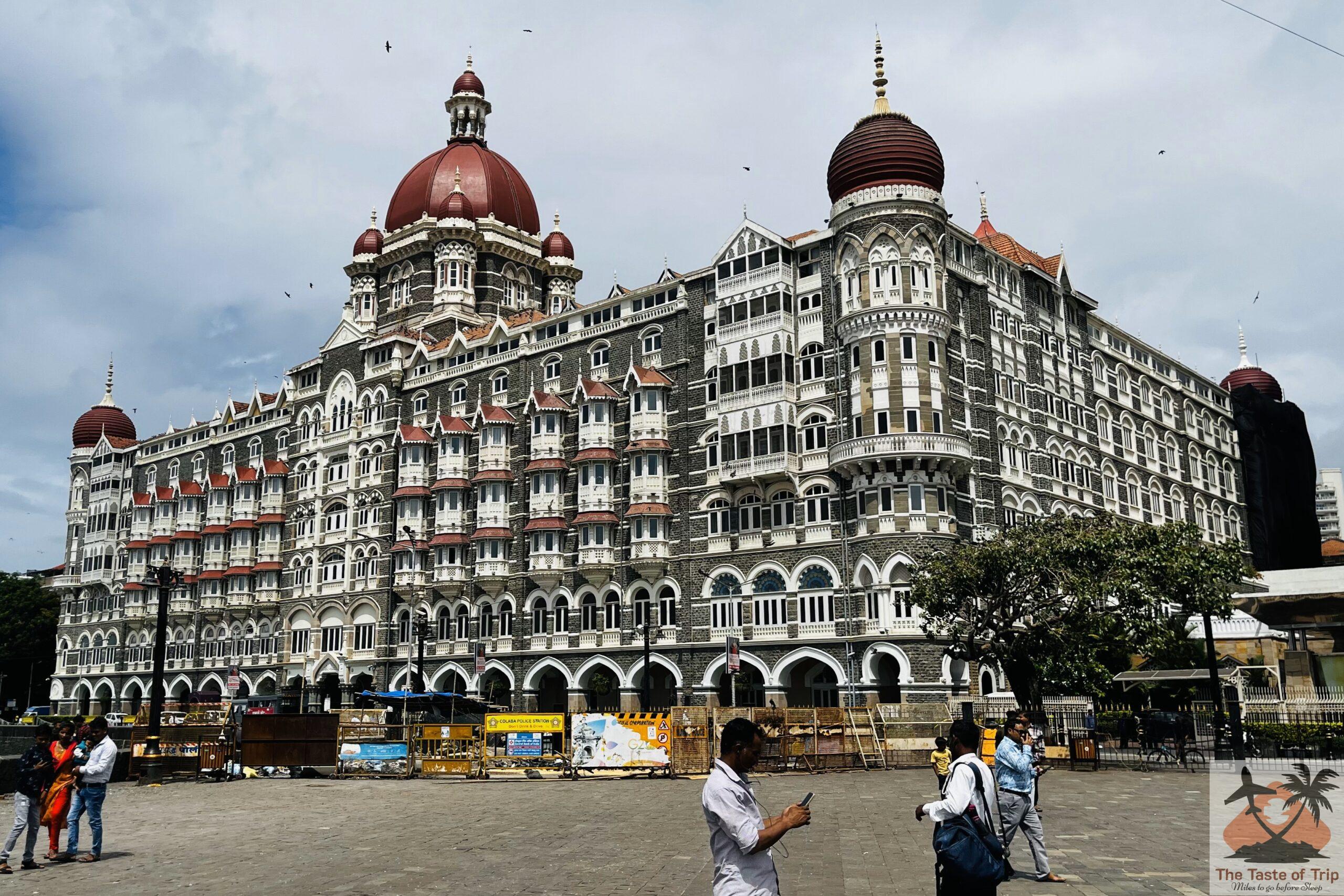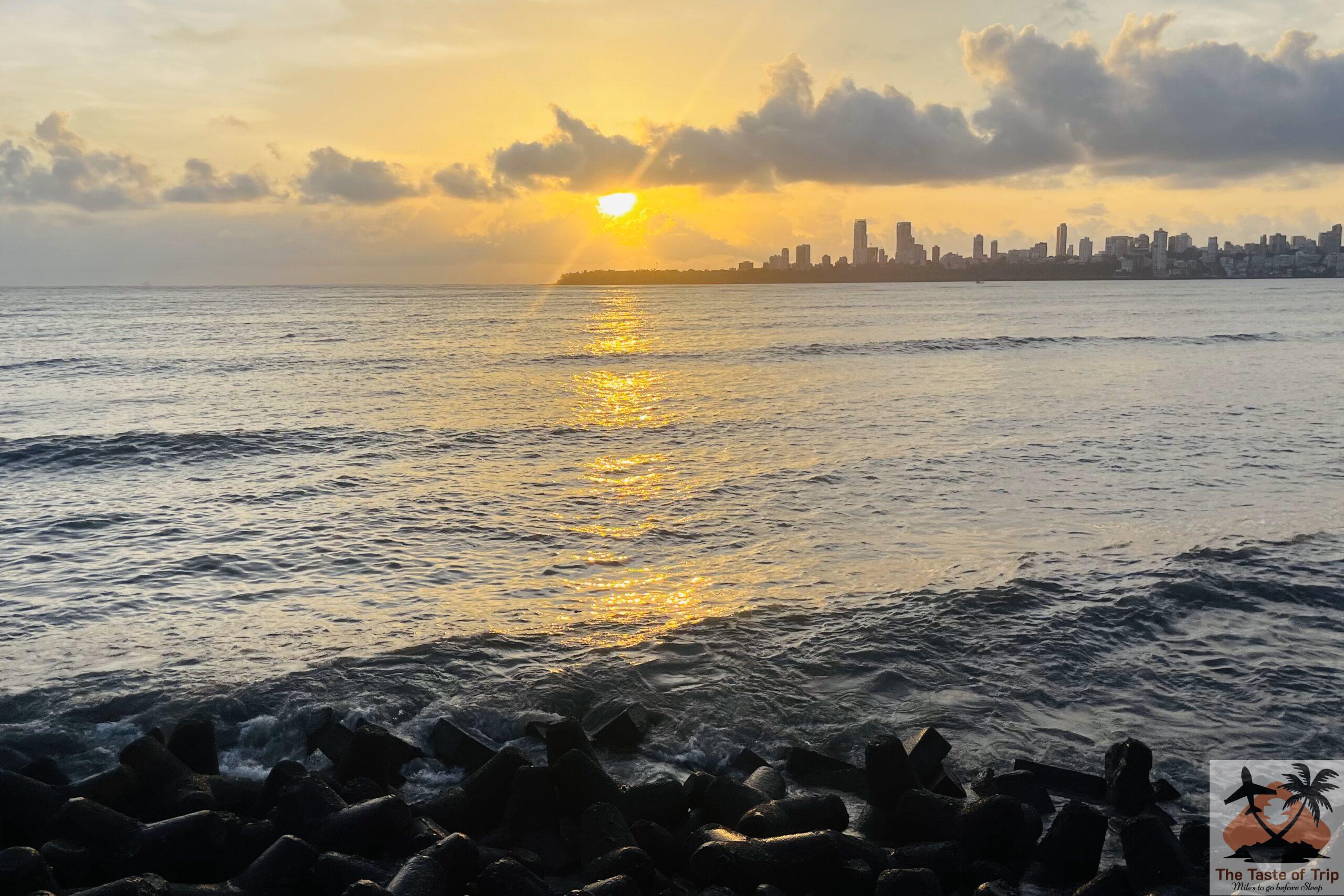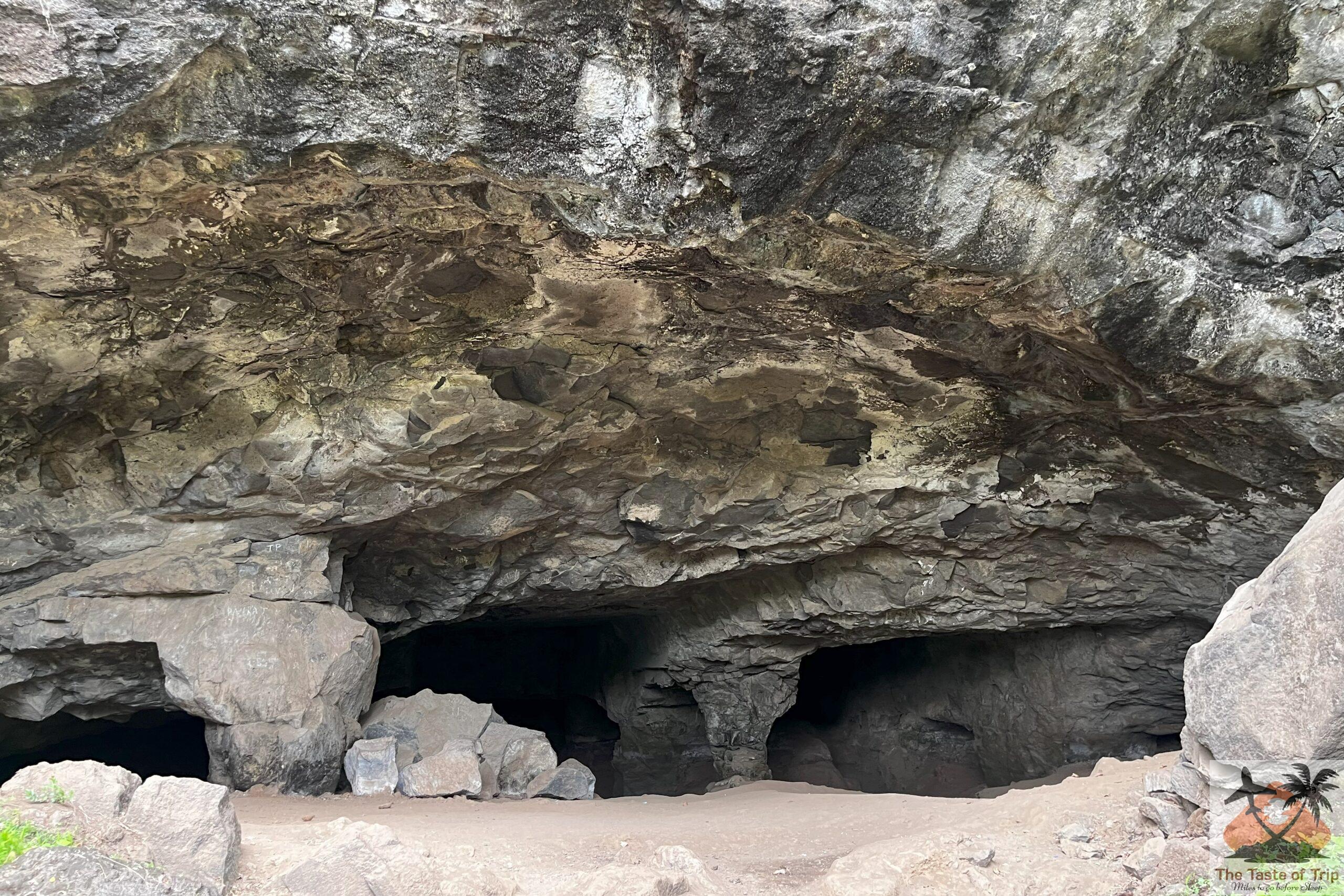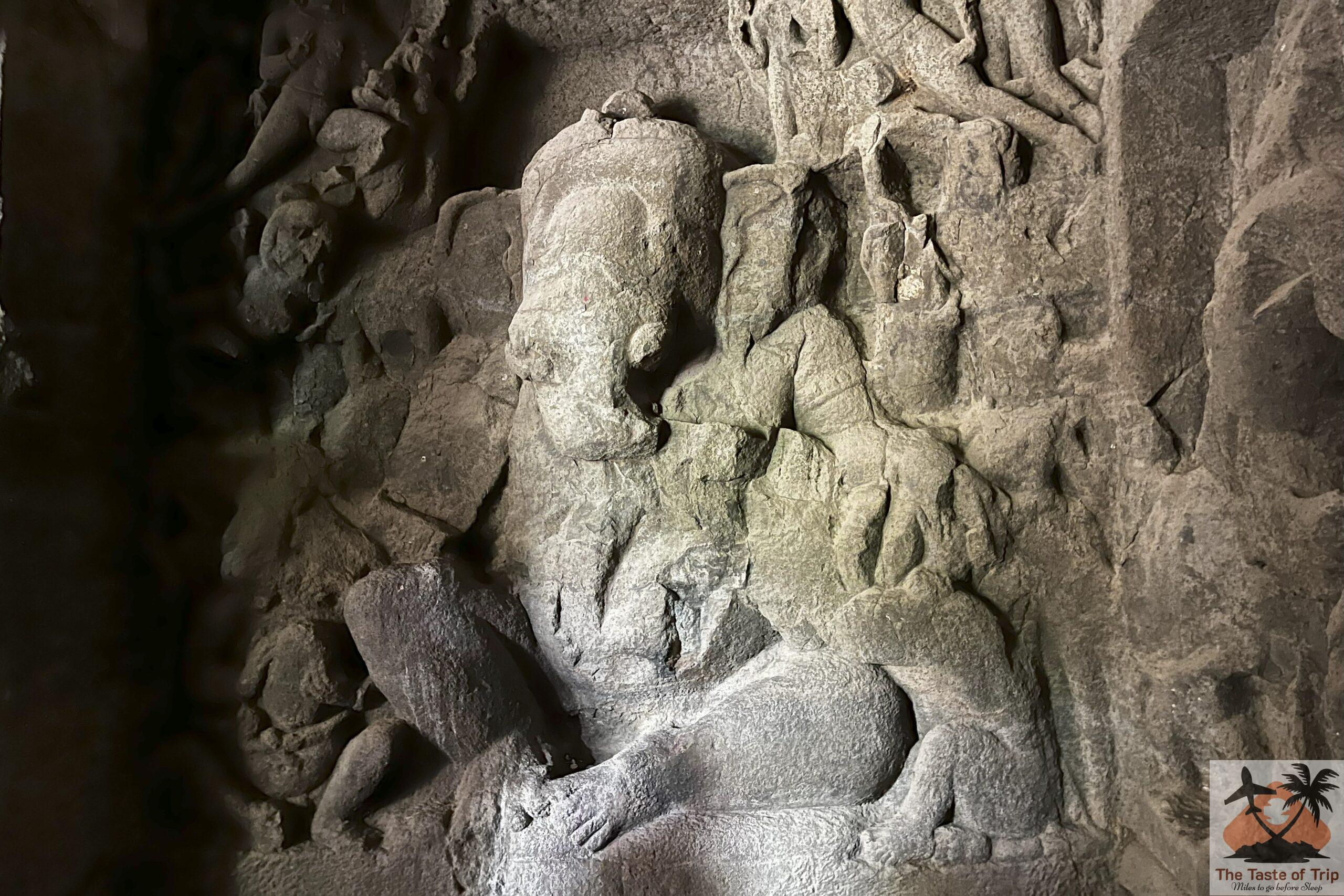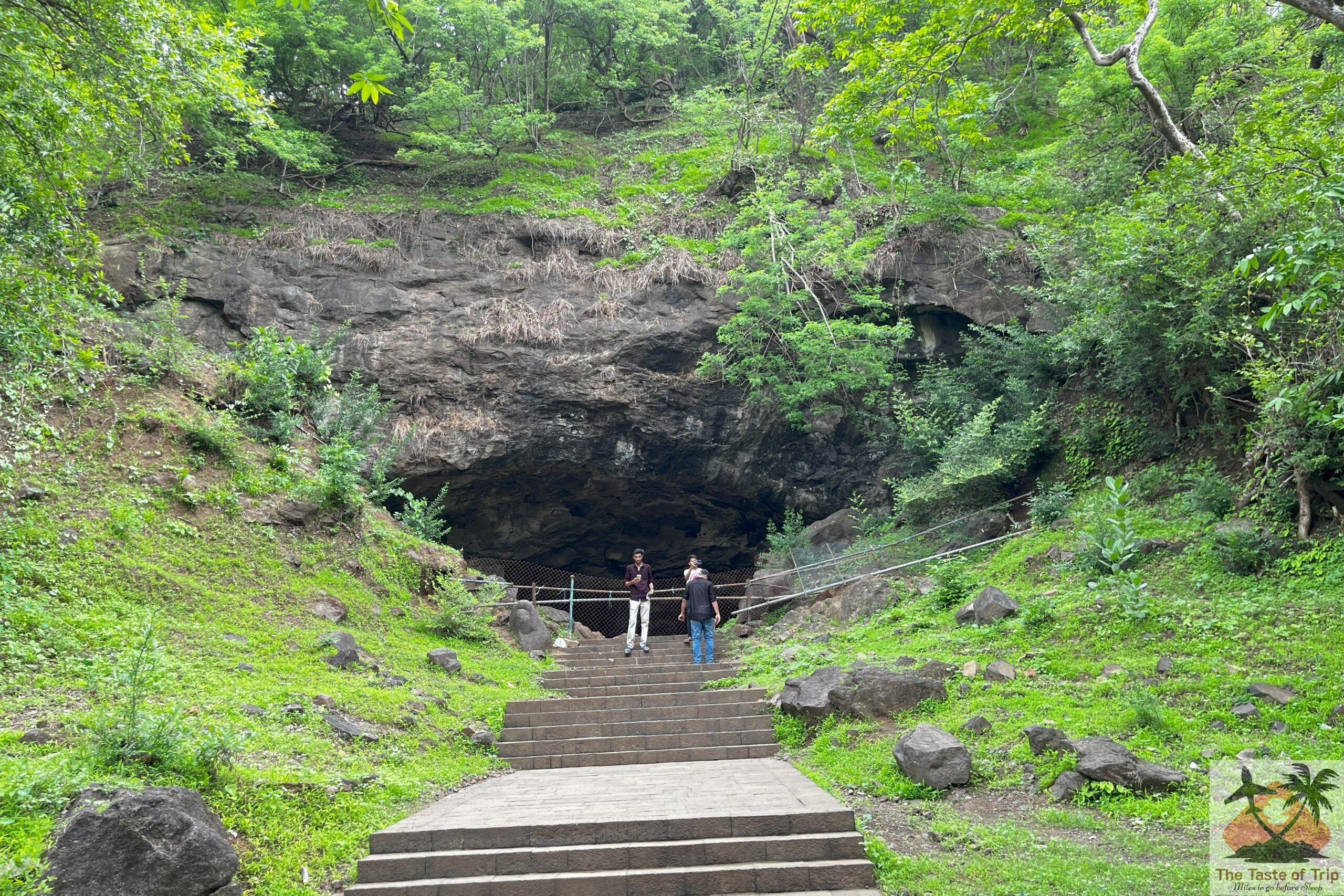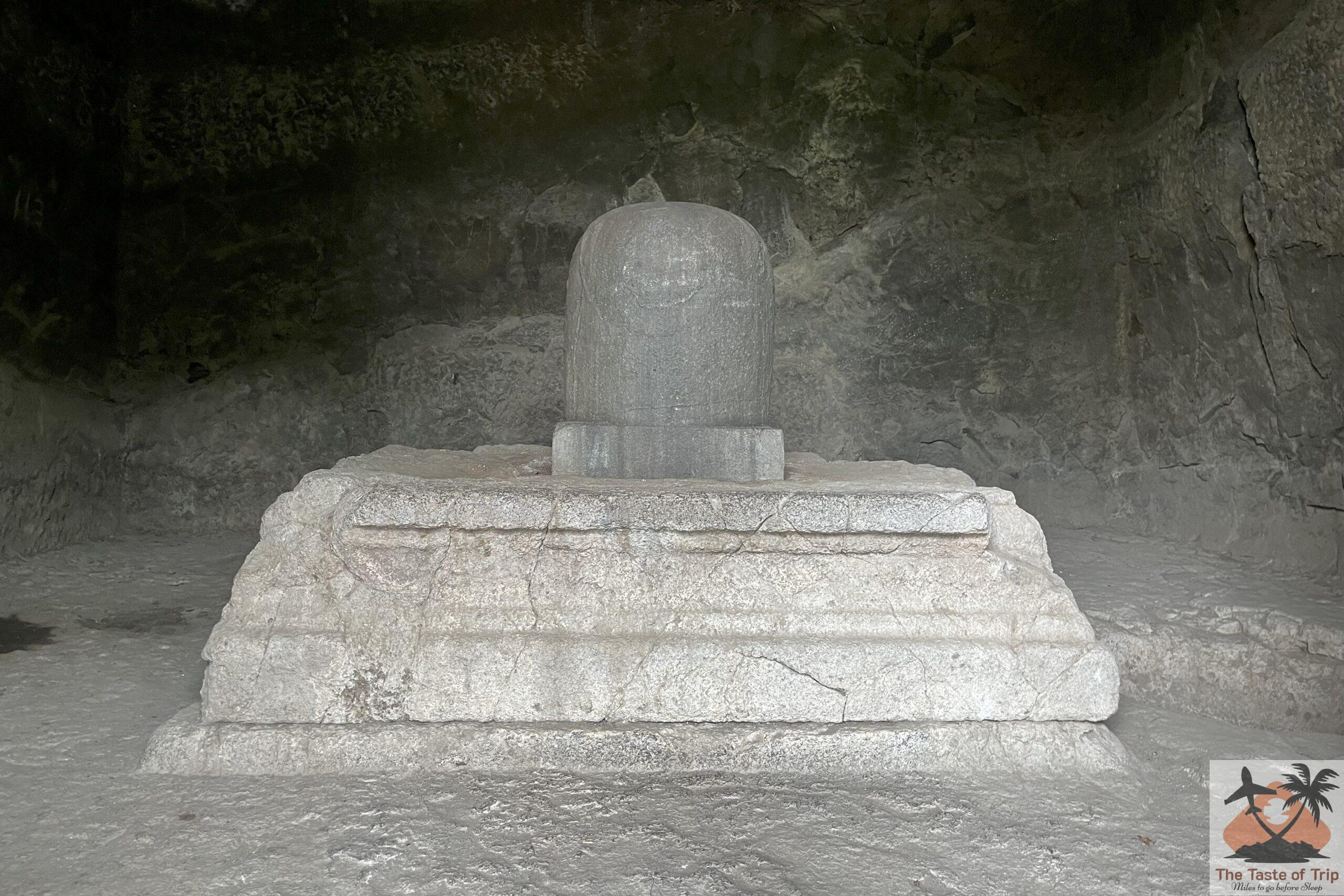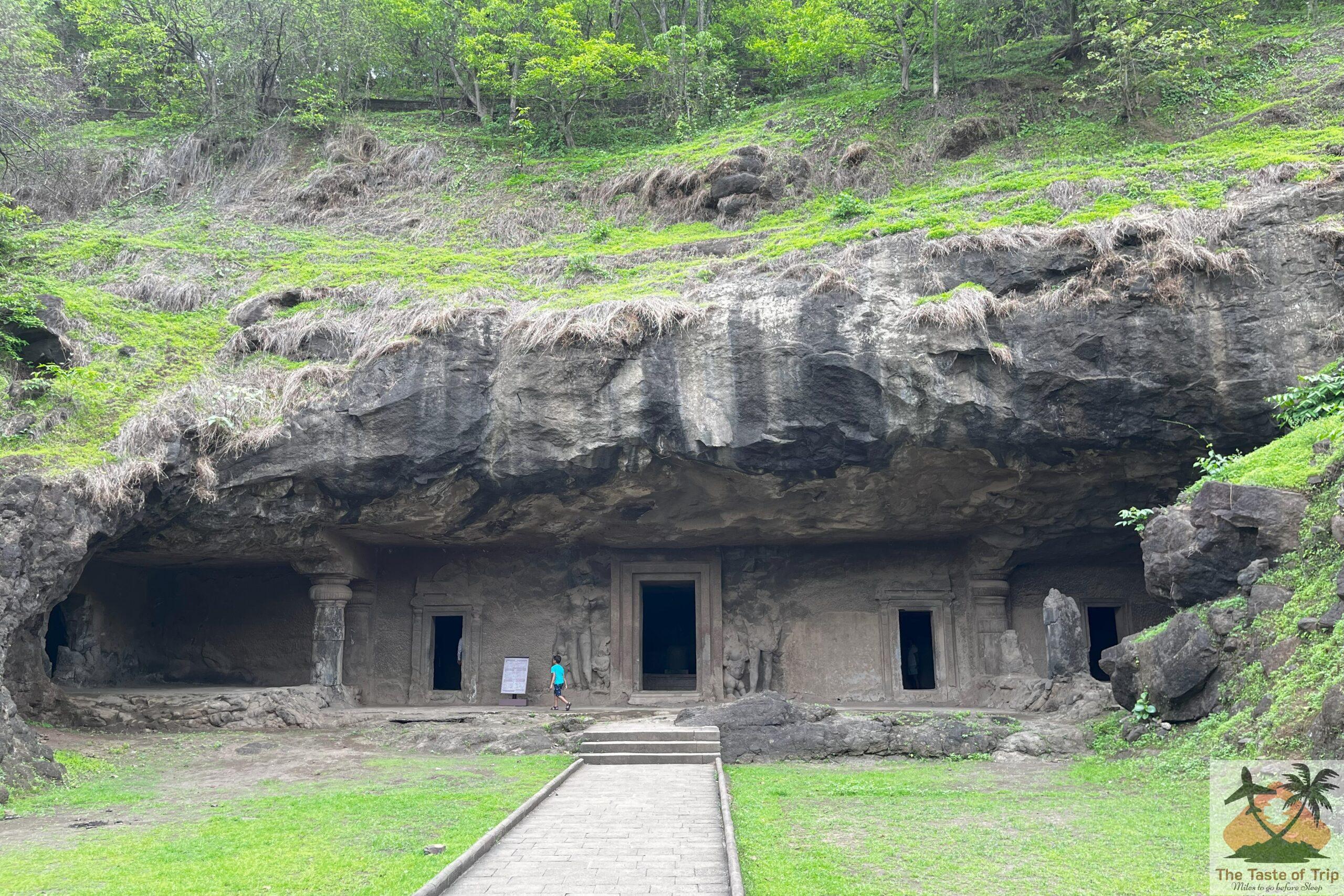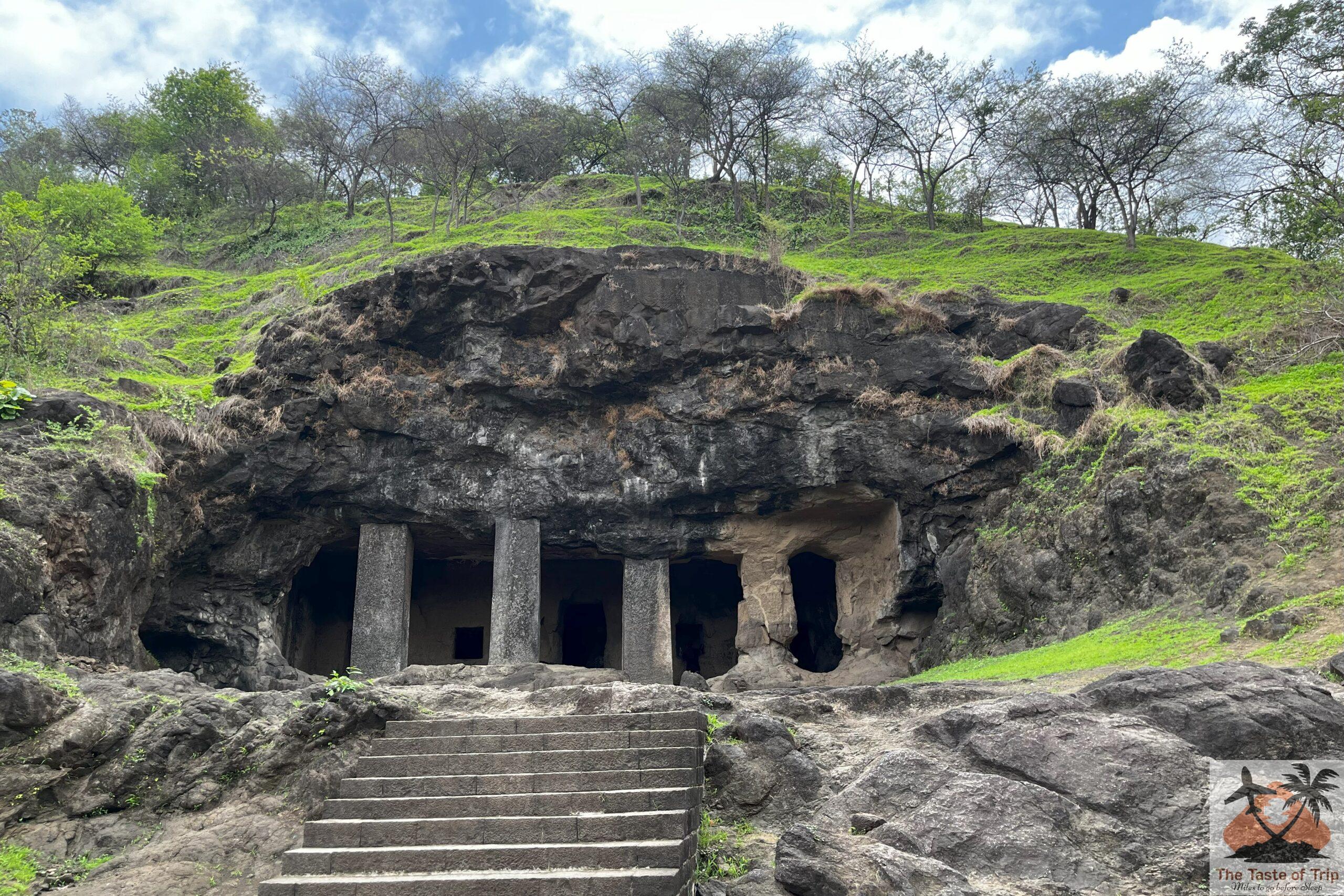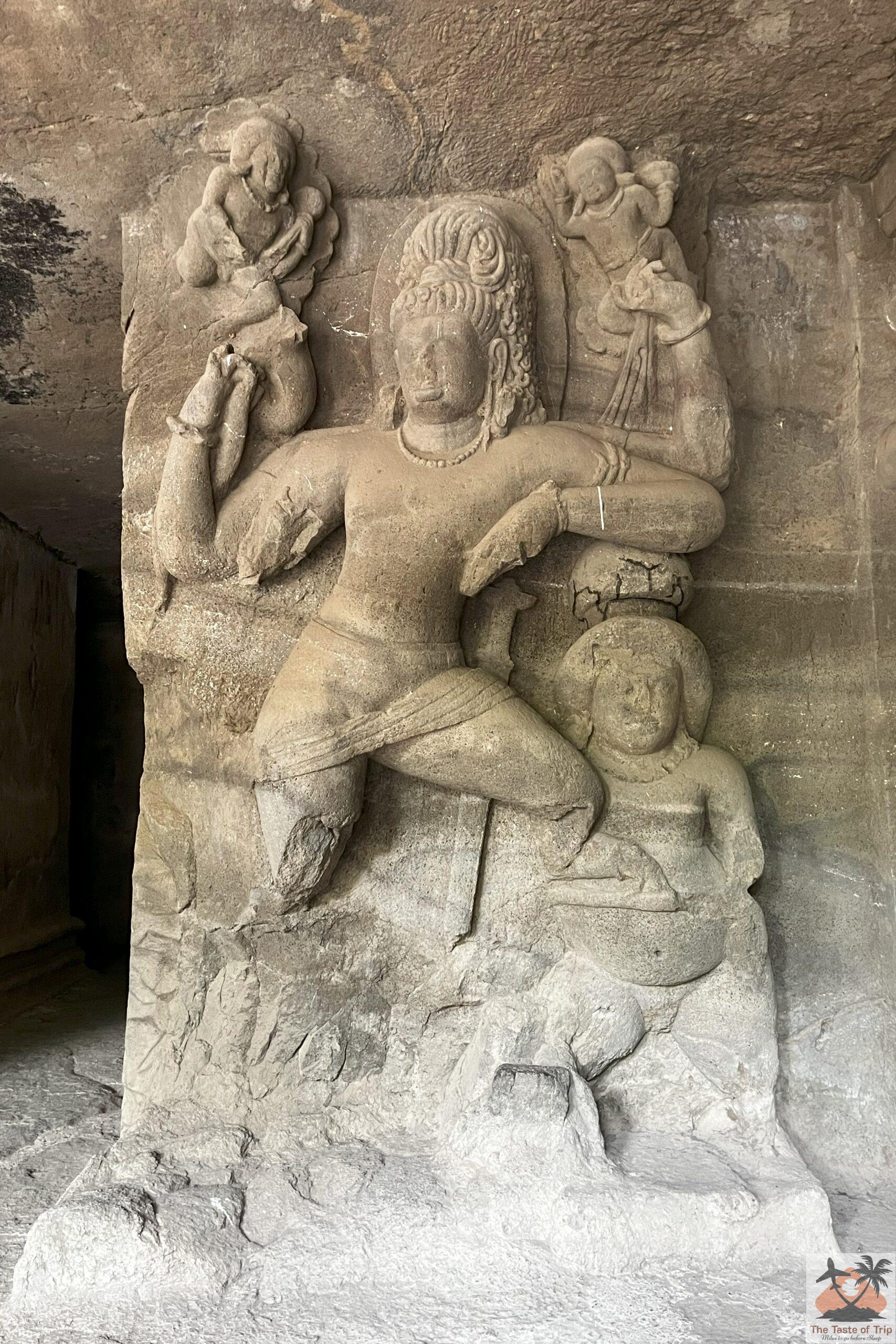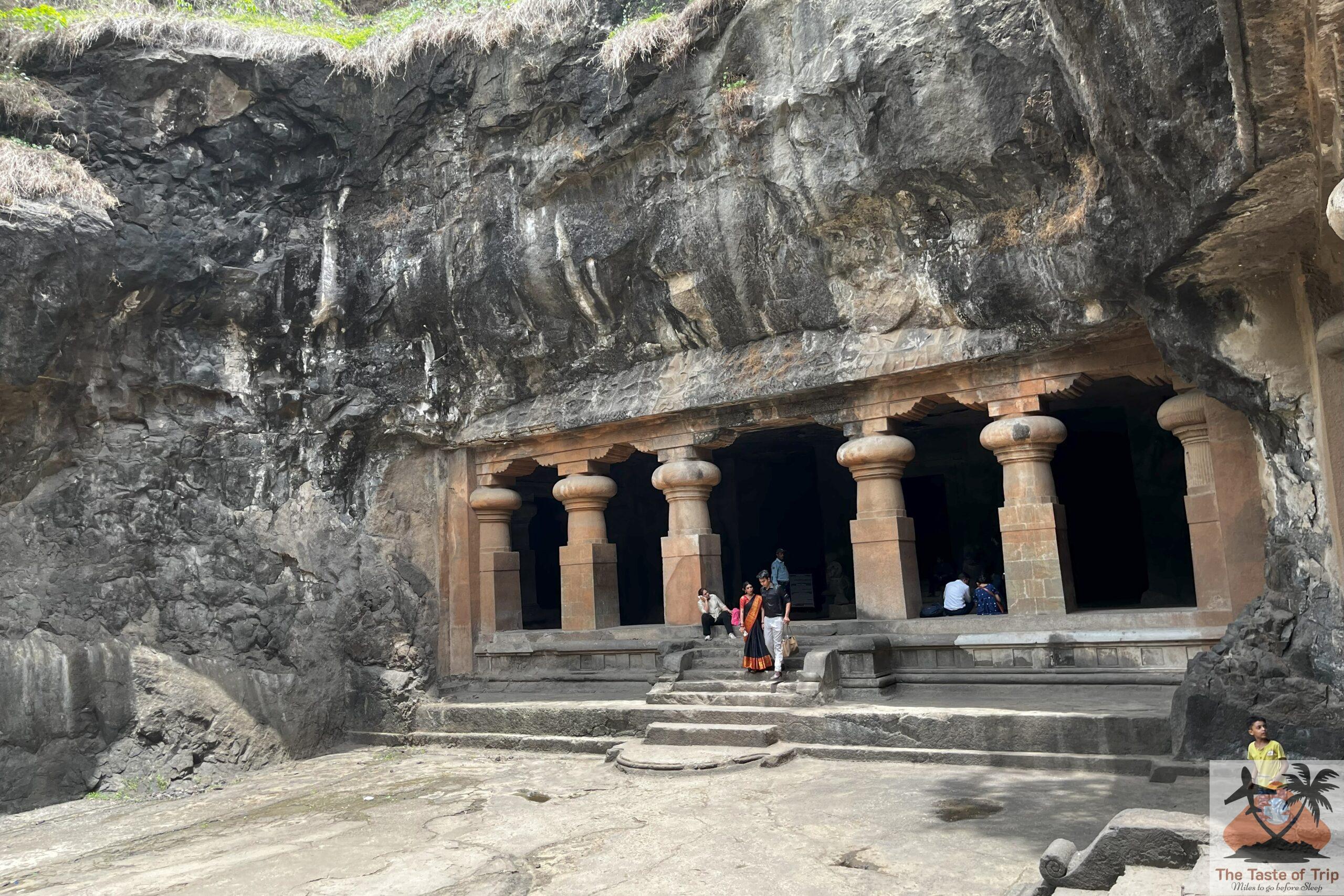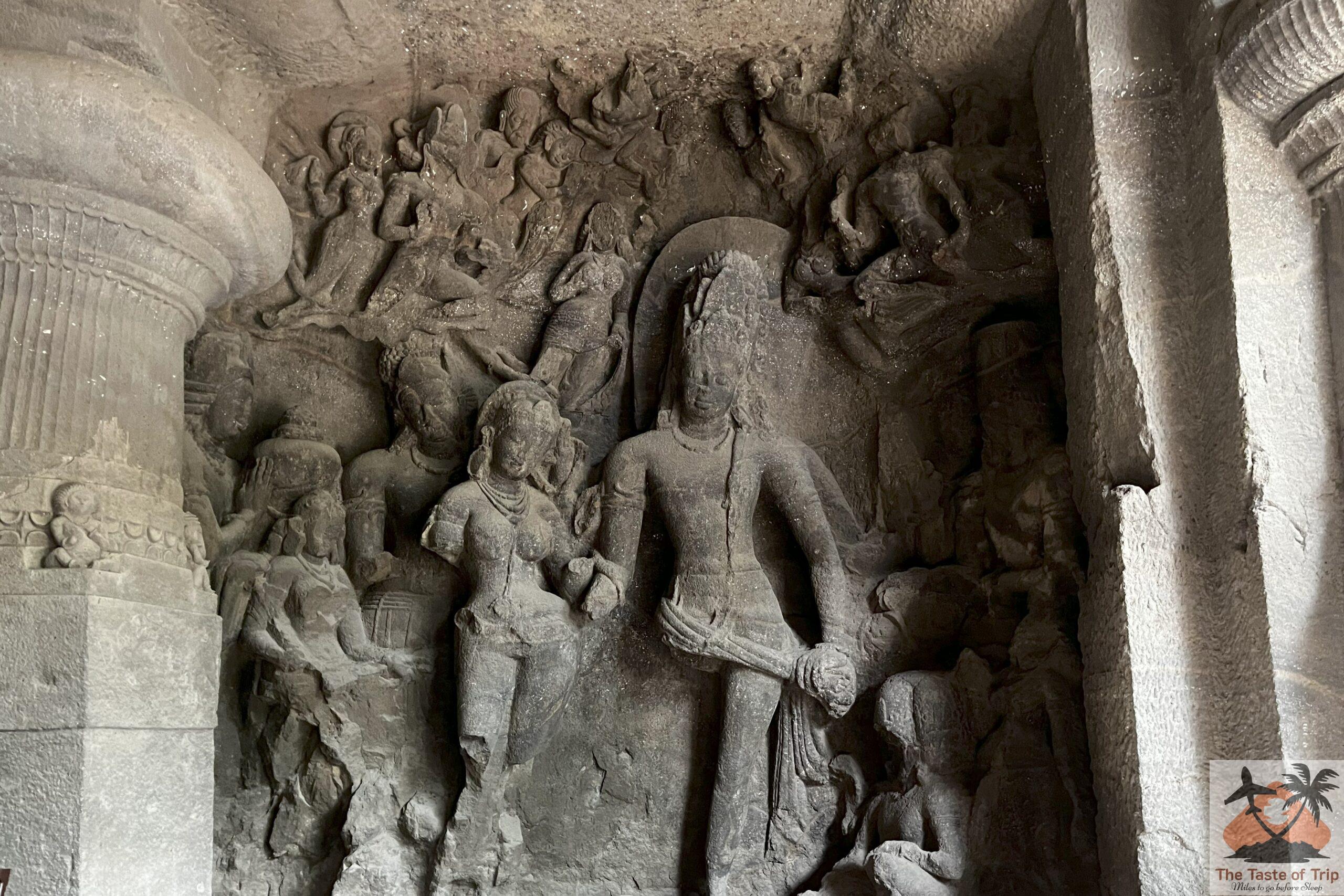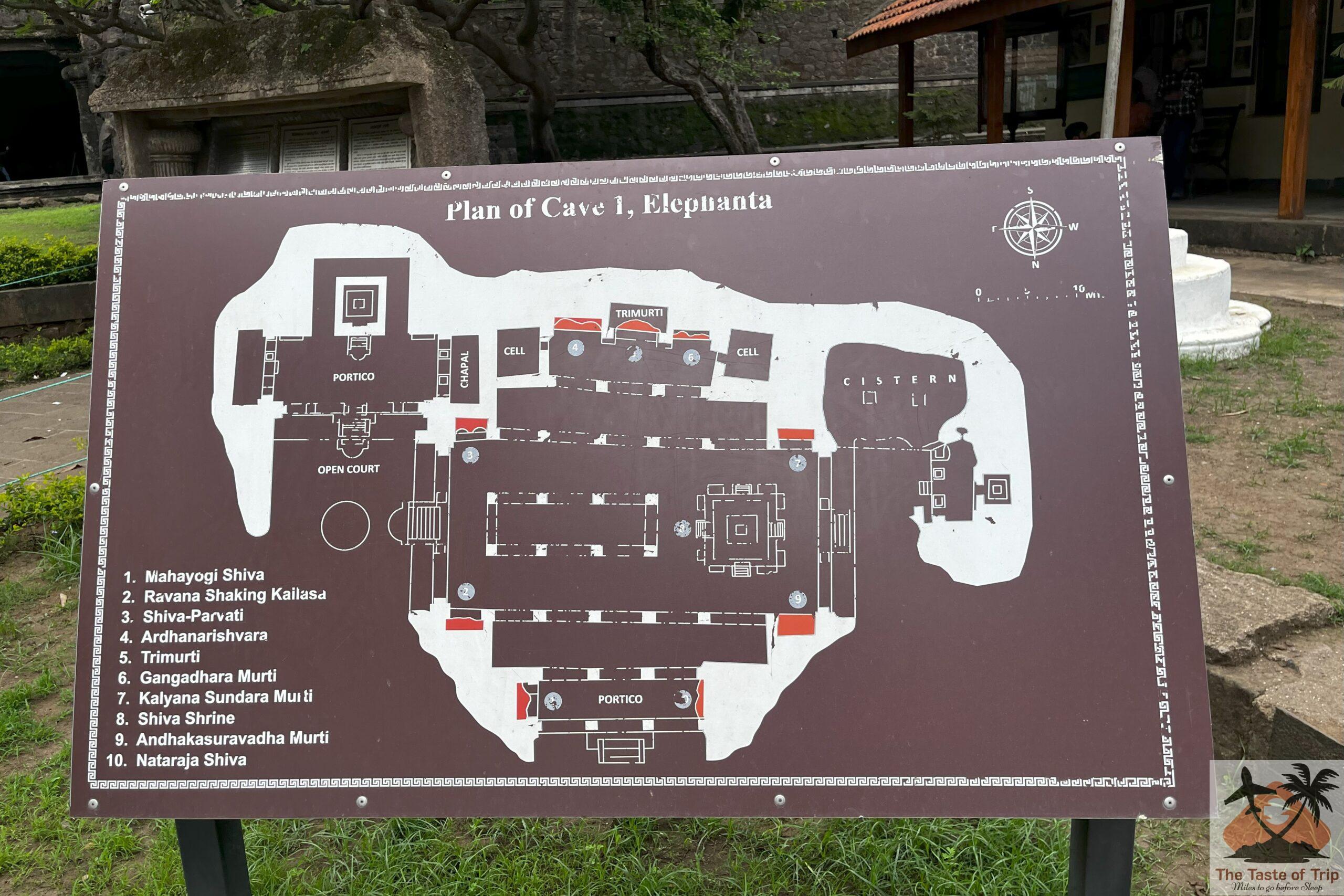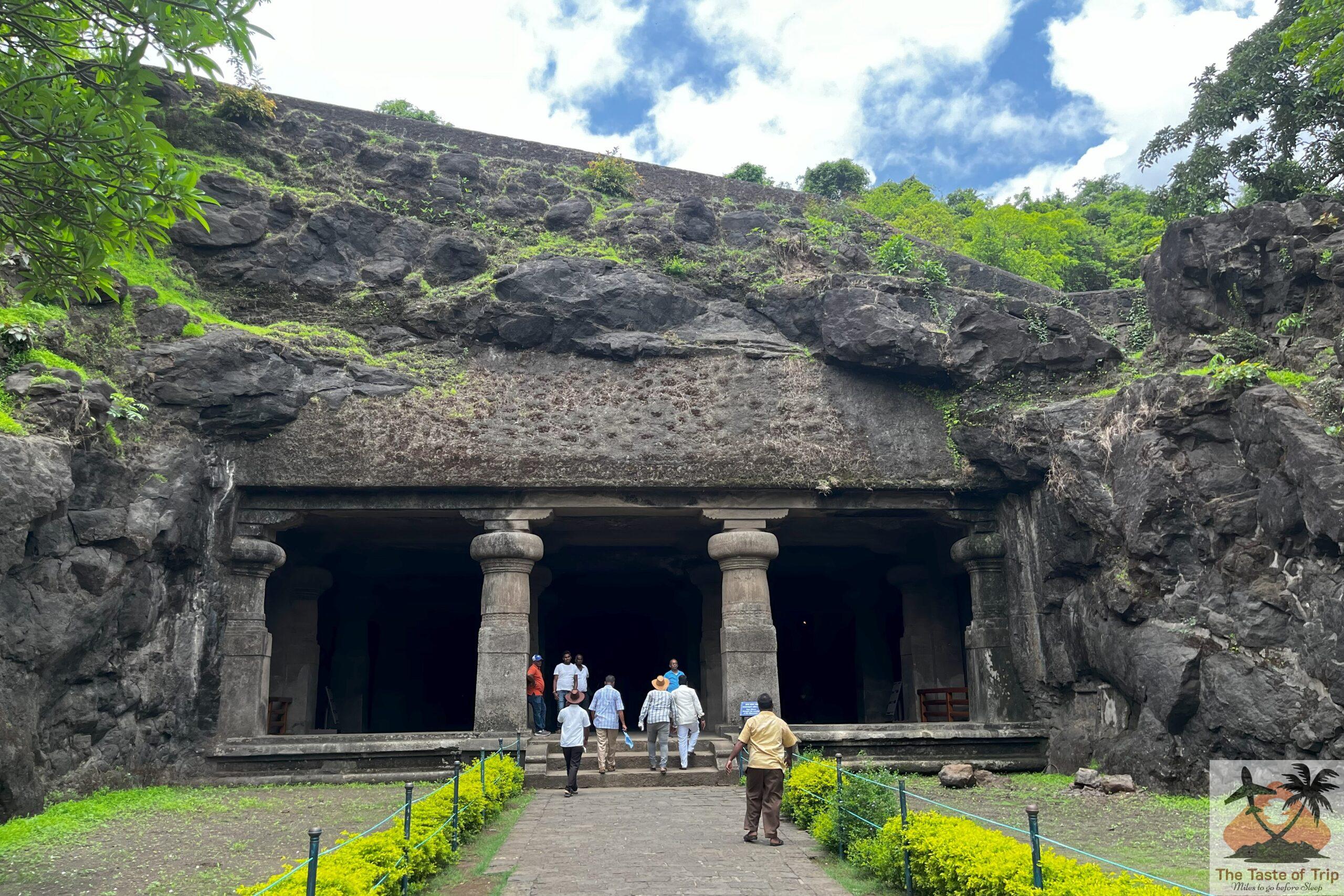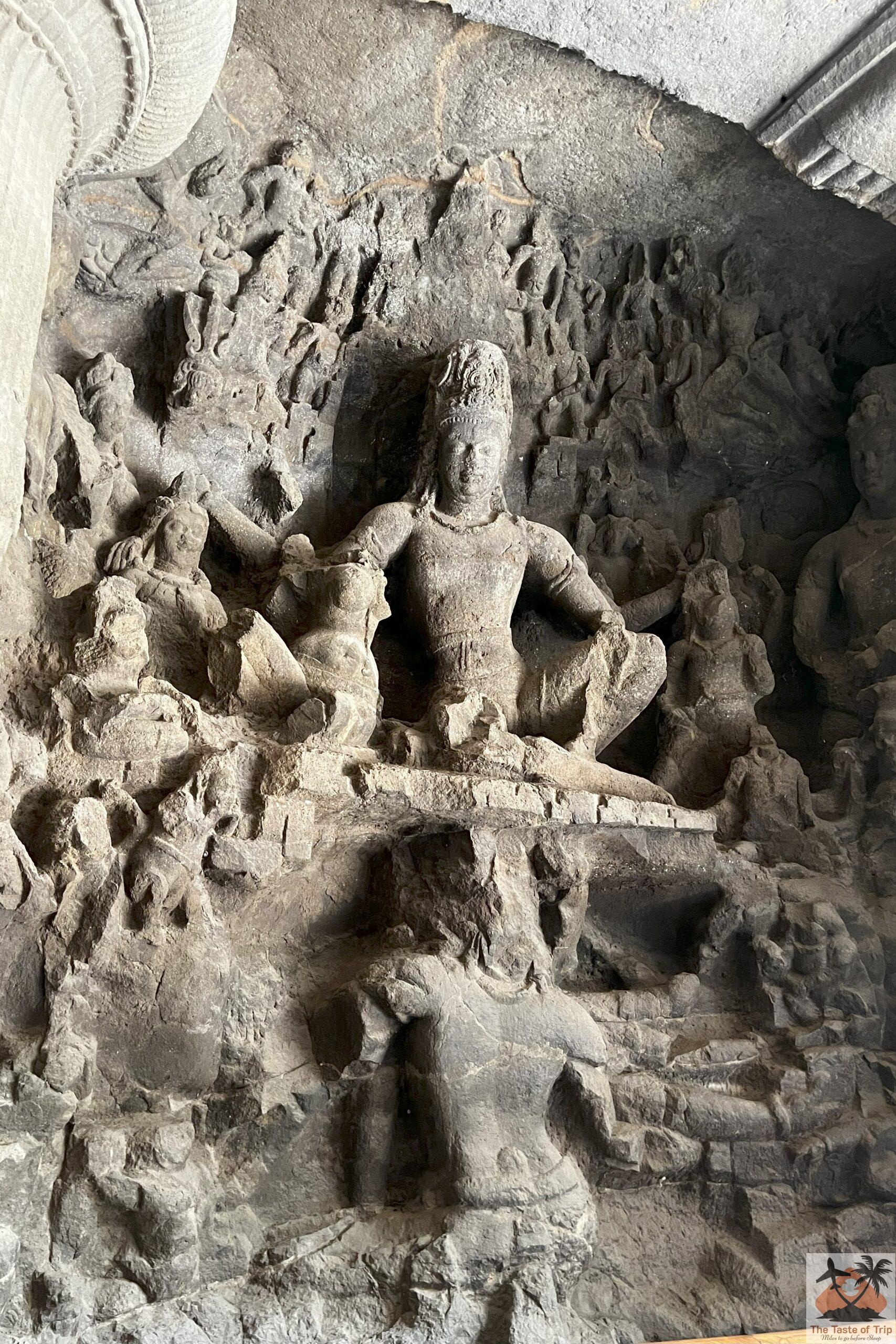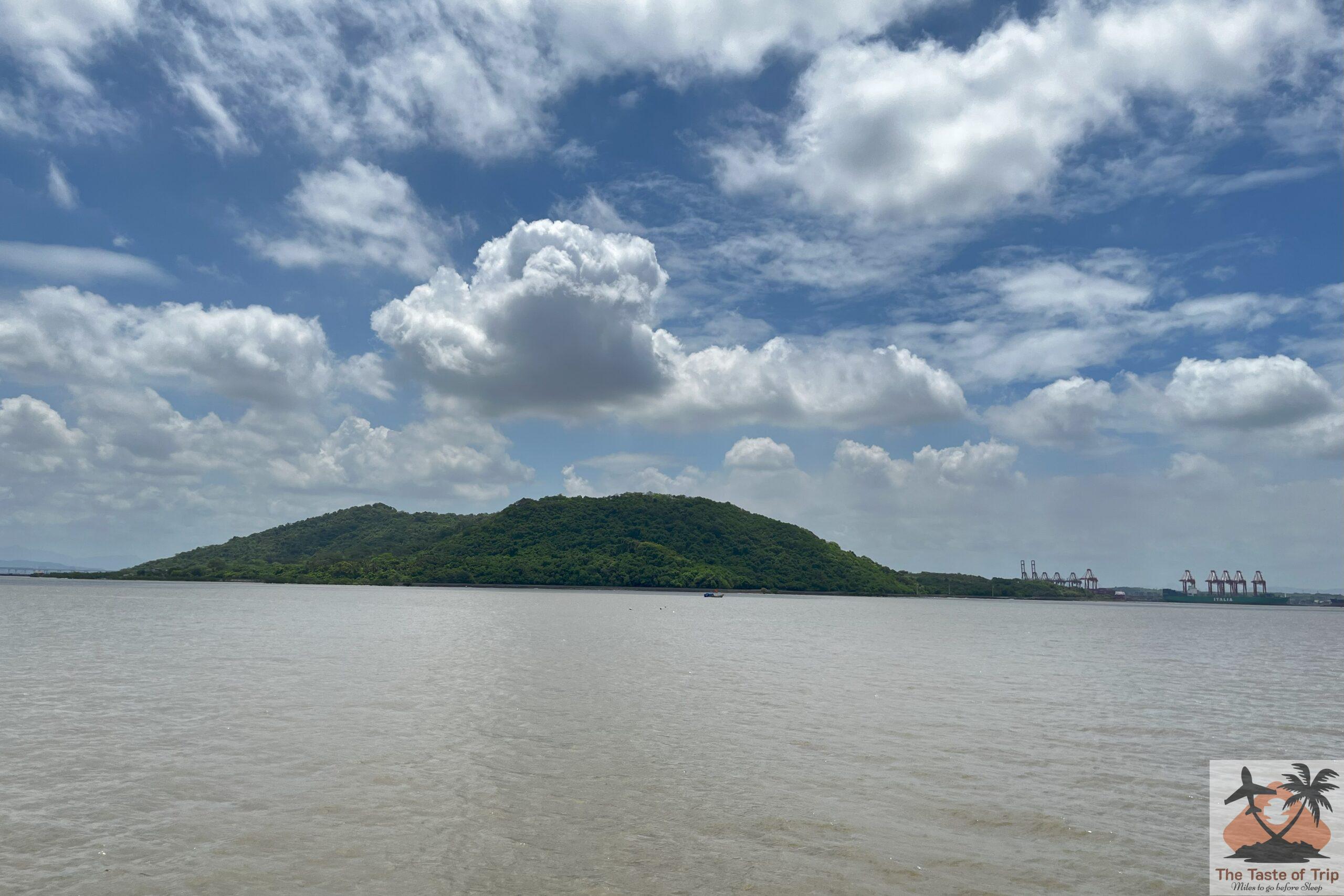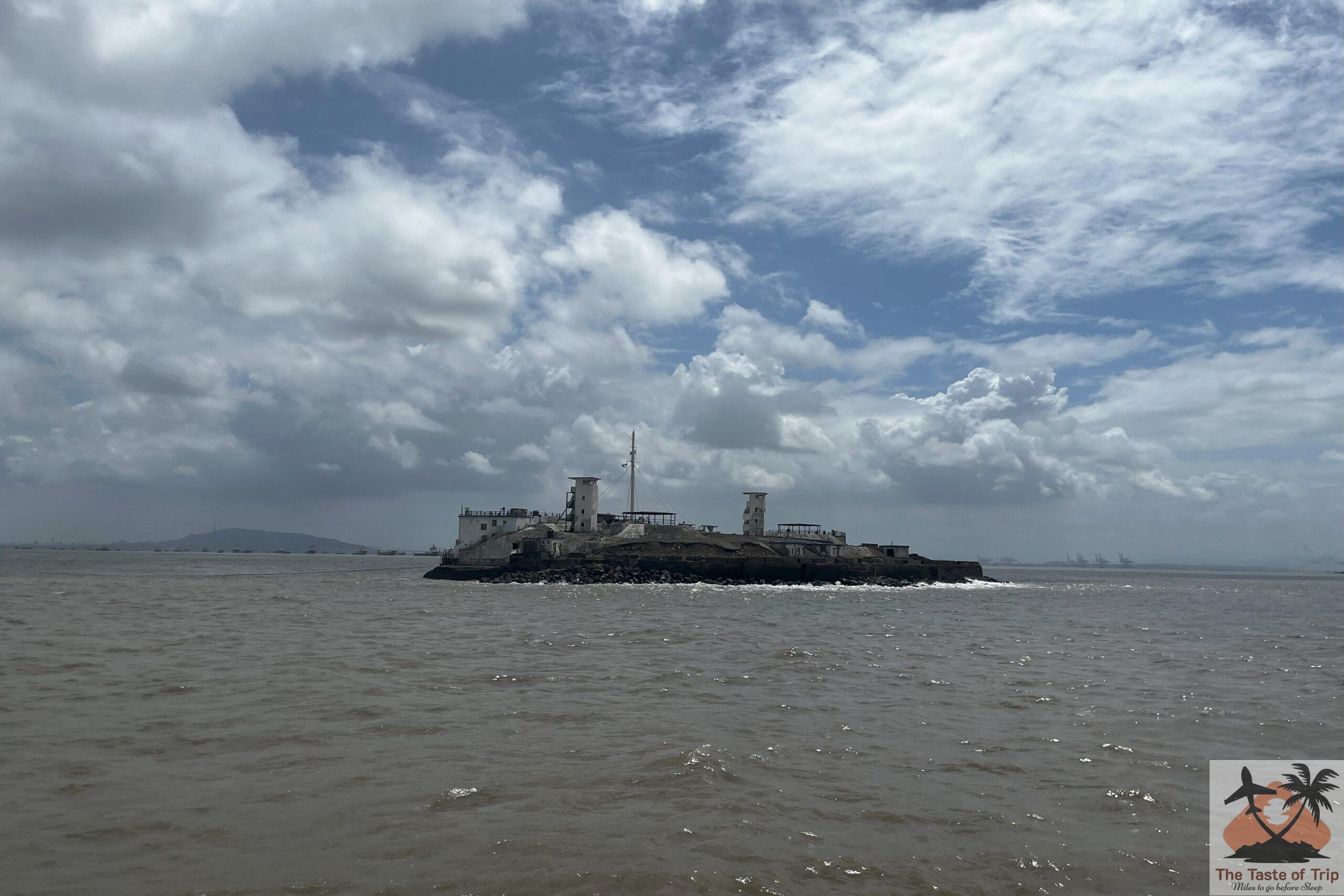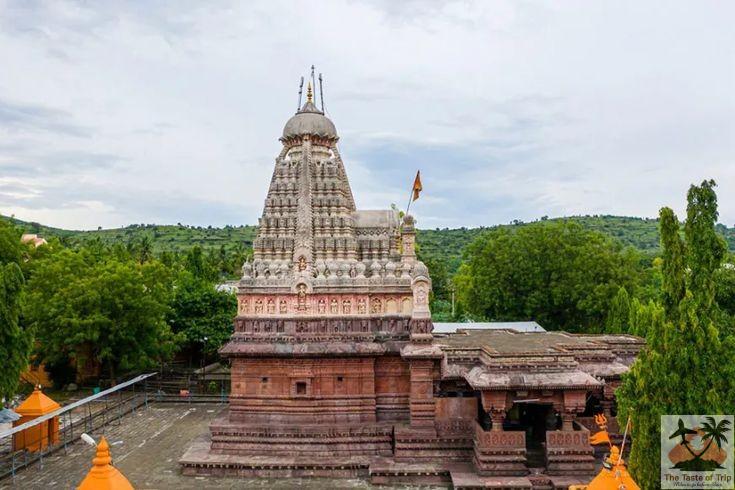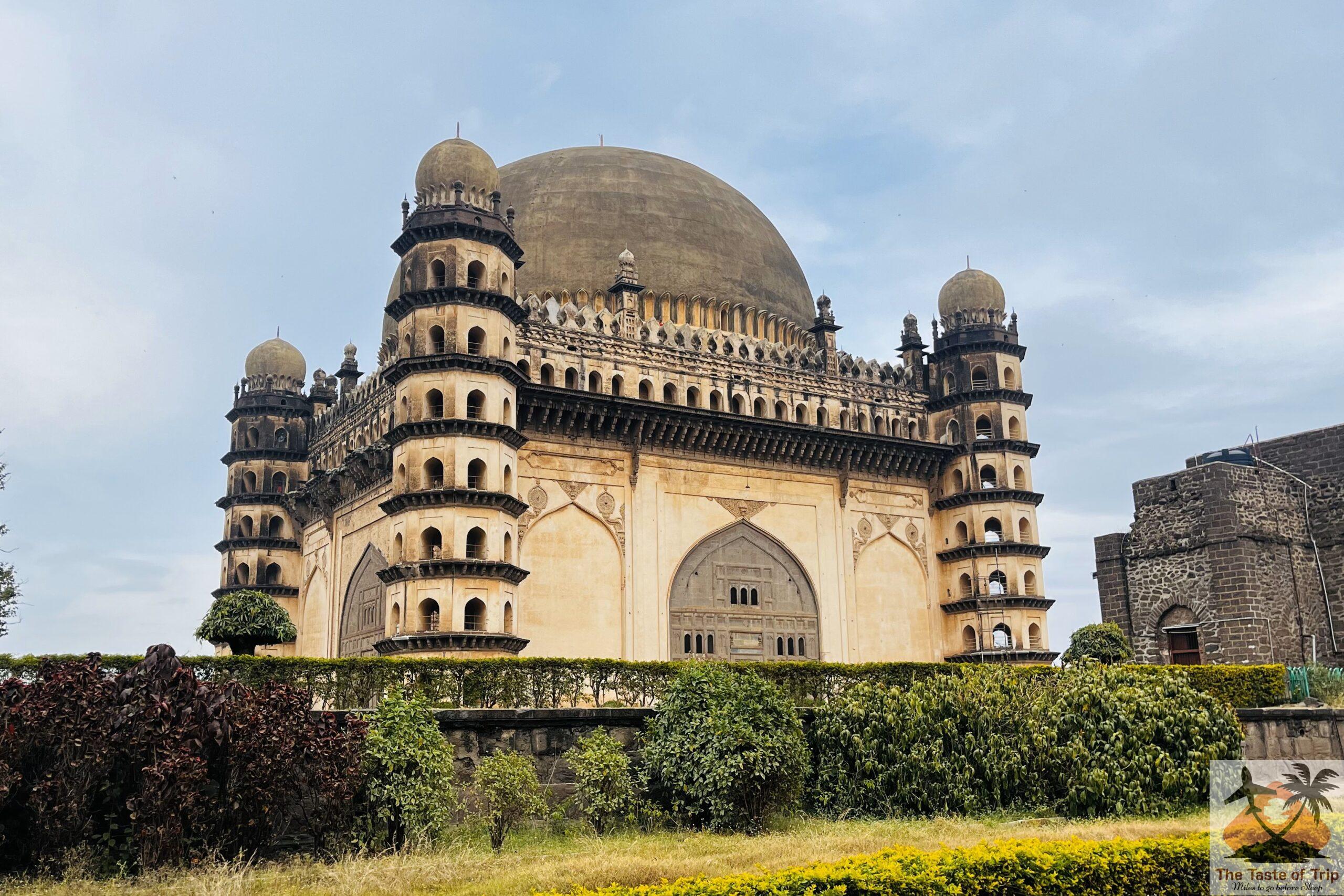When we think of Mumbai, images of modernity and a fast-paced life immediately come to mind. However, just beyond this metropolis lies a place that beautifully showcases India’s rich history and culture—the Elephanta Caves Mumbai. Recognized as a UNESCO World Heritage Site in 1987, these caves offer a stunning glimpse into ancient artistry and religious devotion. As you embark on a journey to these mysterious caves, you step into a world where mythology, history, and art seamlessly blend.
During our visit to Mumbai, we had the chance to explore the magnificent Elephanta Caves. Located approximately 11 kilometers from Mumbai on Elephanta Island, these caves are accessible by ferry from the Gateway of India. The one-hour ferry ride offers breathtaking views of the Gateway of India, the Taj Mahal Palace Hotel, and the towering skyscrapers along the coast.
Upon reaching Elephanta Island, a short walk is followed by a climb up the hillside stairs. For those who prefer, a toy train is available to take you from the dock to the base of the stairs. After about a 20-minute climb, you arrive at the main entrance of the Elephanta Caves.
Along the stairs, you’ll find various shops and small markets where visitors can purchase local handicrafts, souvenirs, and snacks. However, be cautious of the numerous monkeys on the island and keep your belongings and food secure.
➥The History of Elephanta Caves
These caves are located on Elephanta Island, which was originally known as “Gharapuri,” meaning “the city of caves.” The island received its current name from the Portuguese, who discovered a large stone elephant statue here. The name “Elephanta” is derived from this statue. Although the statue has since been relocated to the Jijamata Udyan in Byculla, just outside the Bhau Daji Lad Museum in Mumbai, the name has endured through the centuries.
The origins of the Elephanta Caves date back to between the 5th and 8th centuries, a time when the Indian subcontinent was a hub of religious and cultural transformations. Primarily dedicated to Lord Shiva, one of the principal deities in Hinduism, these caves stand as significant evidence of the flourishing Shaivite faith in the region.
The Elephanta Caves are divided into two groups: Hindu caves and Buddhist caves. The most prominent among these is Cave 1, a massive rock-cut temple complex dedicated to Shiva. As you enter this grand space, you can’t help but be awed by the grandeur of its design and the intricacy of its carvings.
➥Main Attractions
Trimurti Shiva: The most famous sculpture in the Elephanta Caves is the Trimurti Shiva. This three-headed figure represents Shiva in his roles as creator, preserver, and destroyer. The sculpture is a unique masterpiece of art and captivates visitors with its grandeur.
Ardhanarishvara: This statue depicts the combined form of Shiva and Parvati, known as Ardhanarishvara, symbolizing the balance of male and female energies in the universe.
Nataraja Shiva: Another beautiful depiction is that of Shiva as Nataraja, performing the Tandava dance. This dance symbolizes the cosmic cycles of creation and destruction.
Lingam Cave: A major religious attraction is the cave with the Shiva Lingam, which holds great religious significance. Devotees come here to offer prayers and seek blessings.
➥Architectural Splendor
The architecture of the Elephanta Caves is a masterpiece of its time. The caves are primarily carved from rock, showcasing the advanced craftsmanship of ancient India. The sculptures and engravings within the caves are highly intricate and detailed, reflecting the precision and skill of the artists of that era.
The caves exhibit influences of ancient Indian architectural styles, particularly from the Gupta period and later eras. Through these structures, one can gain insights into the religious and cultural ideologies of the time.
➥A Confluence of Culture and Religion
The Elephanta Caves highlight the influence of both Hinduism and Buddhism. The sculptures within the caves portray various forms of Lord Shiva, emphasizing significant aspects of Hinduism. Additionally, there are inscriptions related to Buddhism, indicating that the island was a symbol of religious tolerance and cultural diversity.
The Elephanta Caves are a heritage site representing Indian history, art, and culture. This location is not only famous for its stunning sculptures of Lord Shiva and ancient architectural wonders but also serves as an intriguing destination for history and nature enthusiasts.
If you visit Mumbai, a trip to the Elephanta Caves offers a unique experience, introducing you to the cultural grandeur of ancient India. Visiting this heritage site is not just about delving into history but also staying connected to our roots in the modern world.
**********************
➜ Don’t Miss Doing This at Elephanta Caves Mumbai: Hire a guide for information about the Elephanta Caves, and don’t forget photography.
➜ How to Reach Elephanta Caves Mumbai: Located 11 kilometers away from Mumbai in the Arabian Sea, you can reach Elephanta Island by ferry.
➜ Best Time to Visit Elephanta Caves Mumbai: While the Elephanta Caves are open to tourists all year round, the best time to visit is after the monsoon and from November to February. Due to the intense heat and humidity, visiting during the summer months may not be ideal.
➜ Time Required to Explore Elephanta Caves Mumbai: 1 day.
Information Source: Authentic information sources available on internet, Various Articles and books on the subject & Interaction with local public.
For more information & feedback write email at : ikanchan2024@gmail.com
